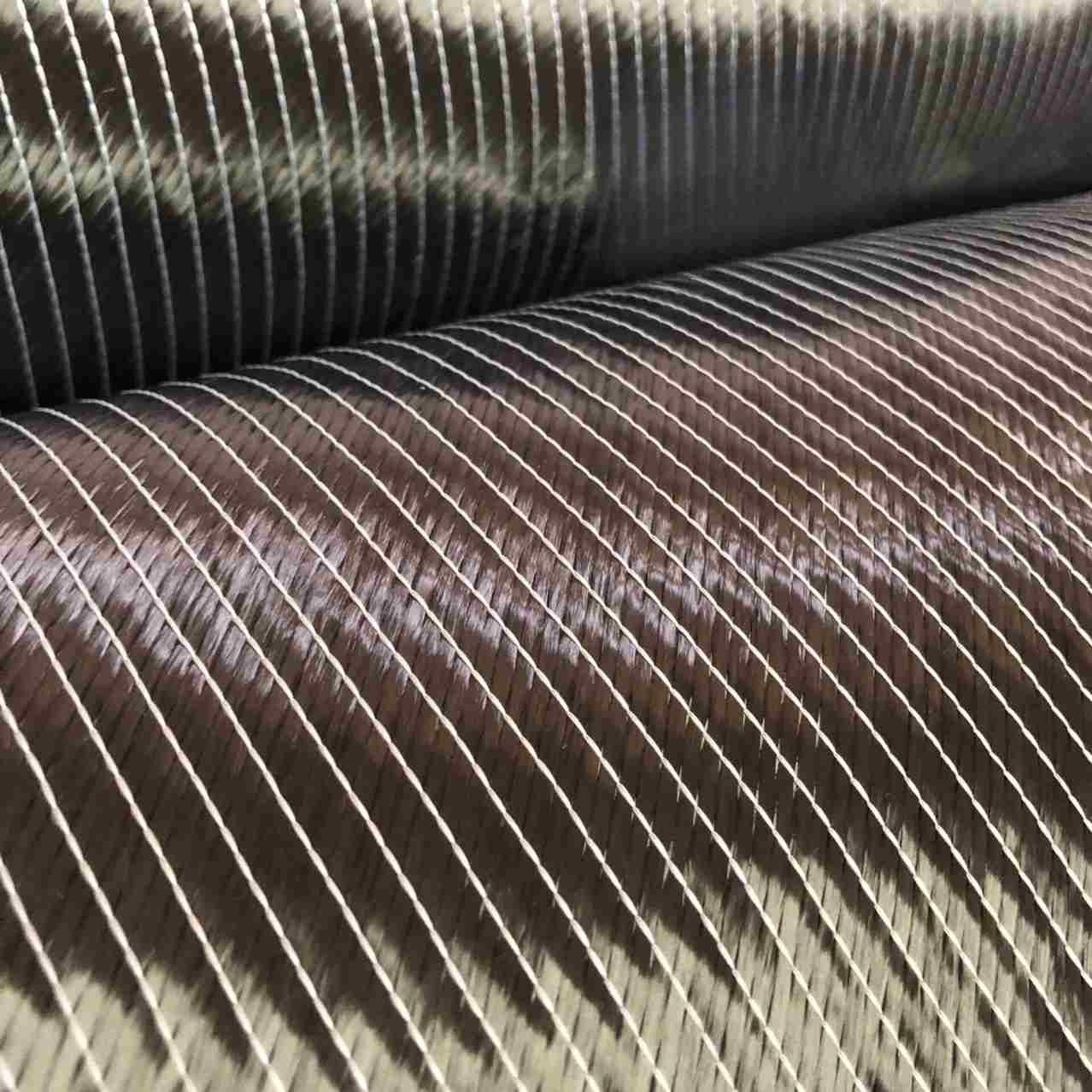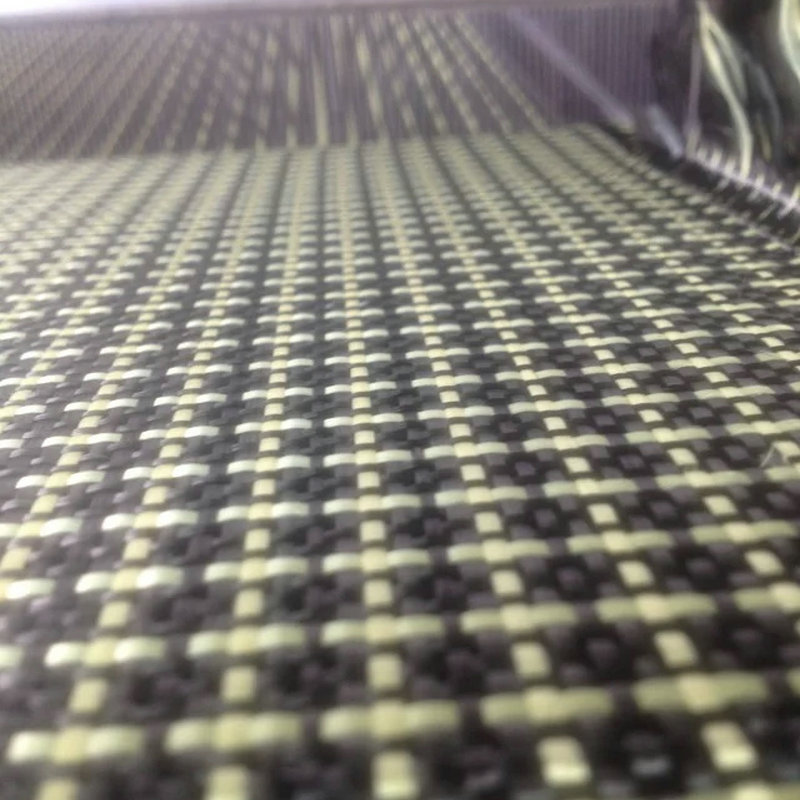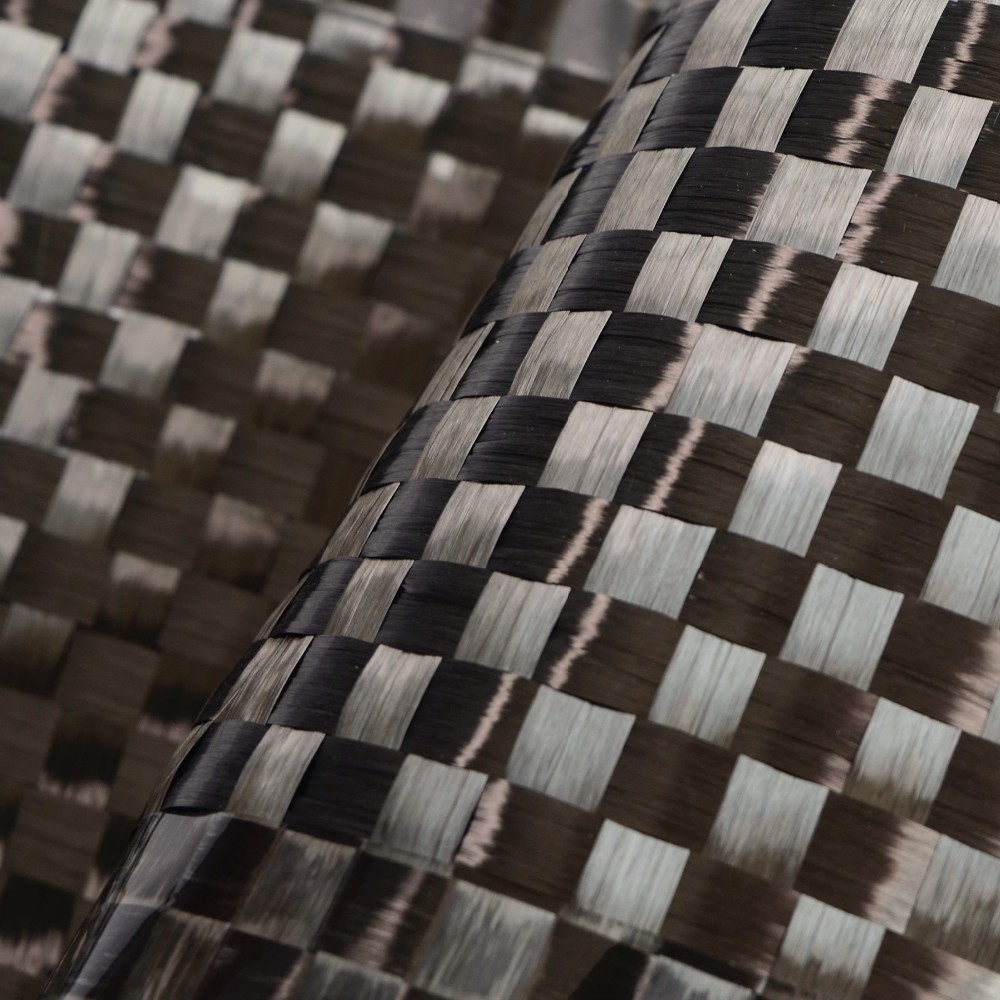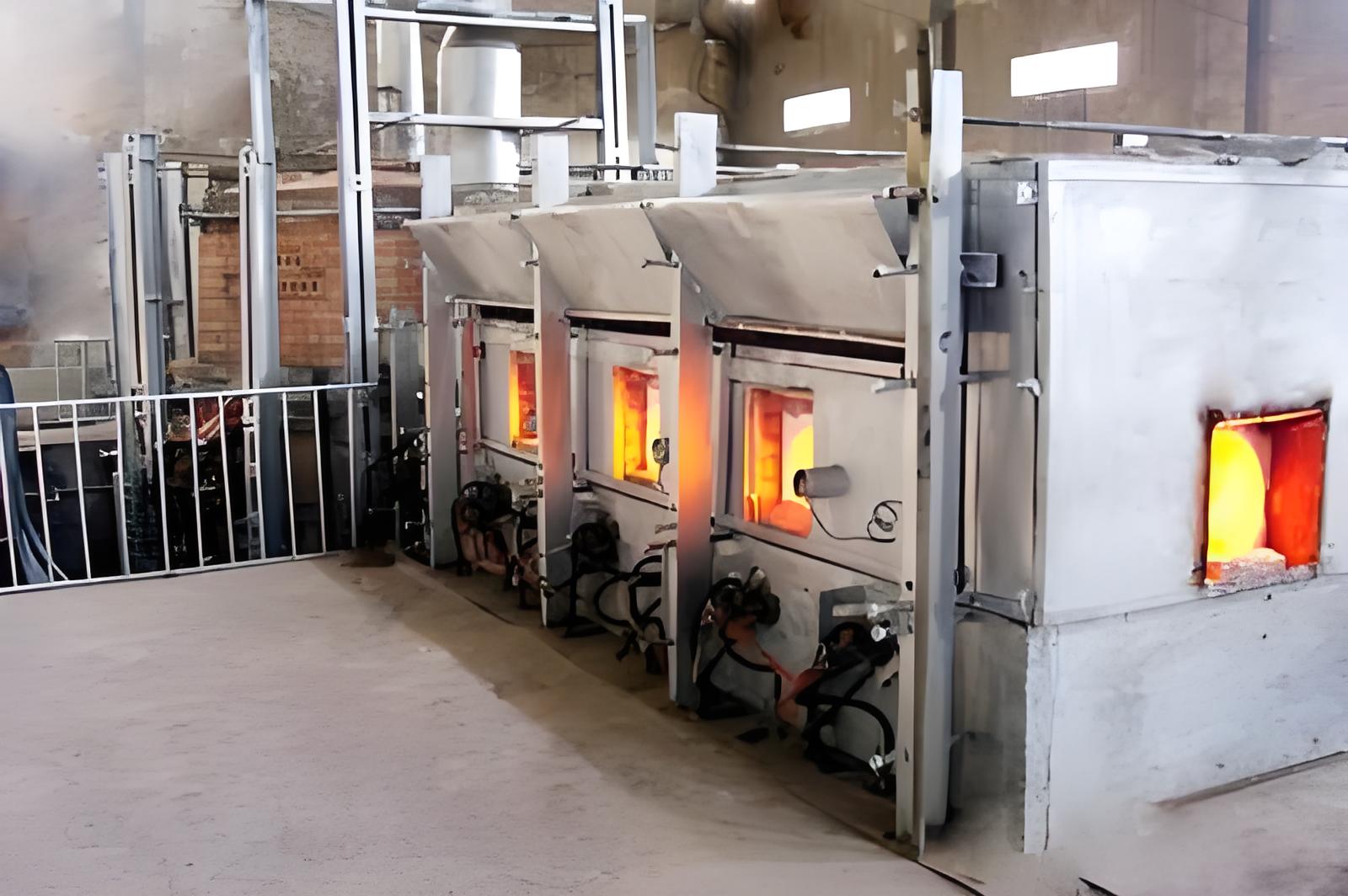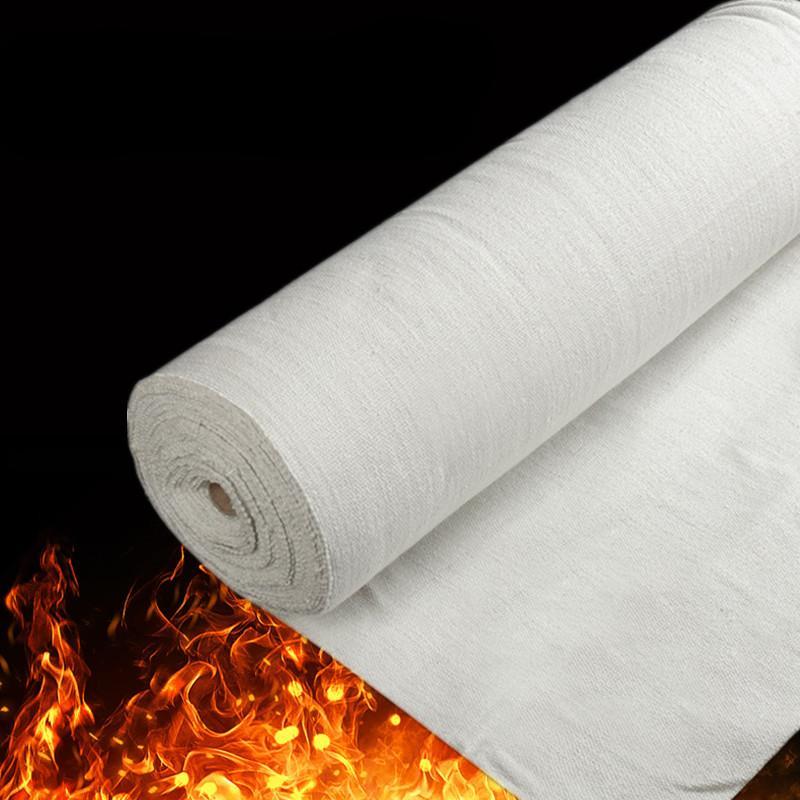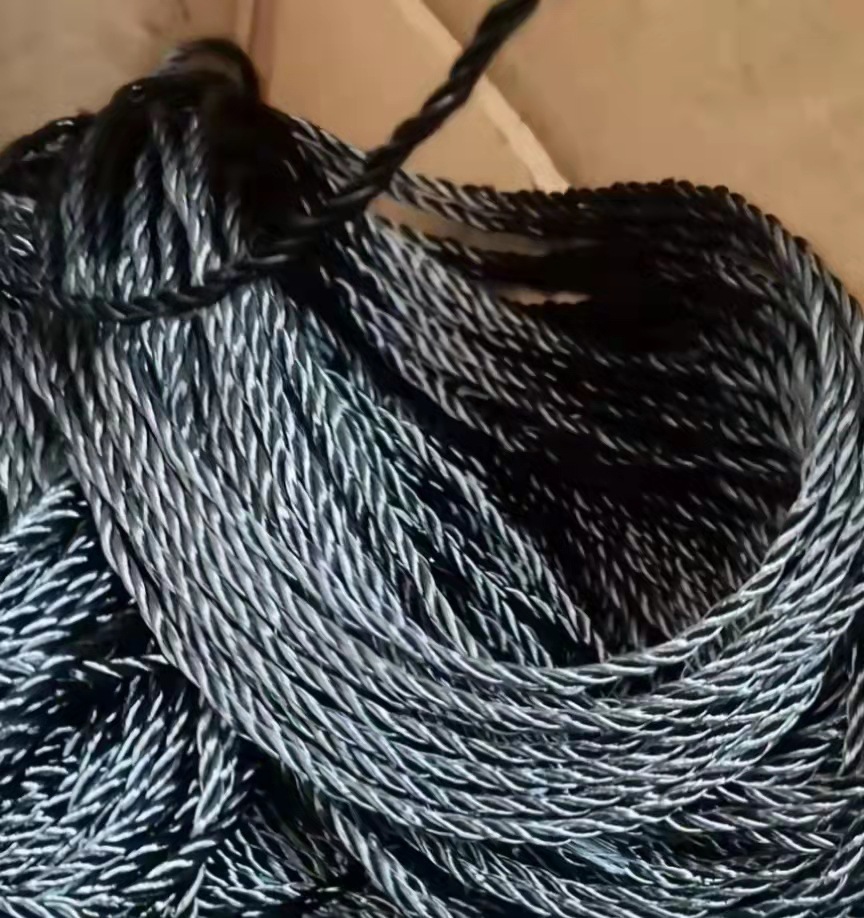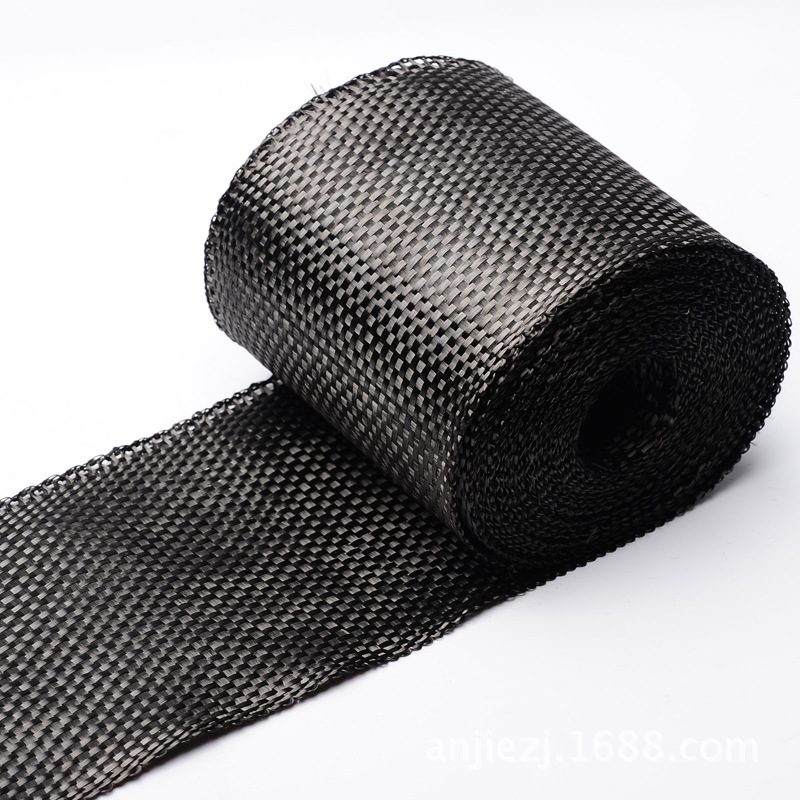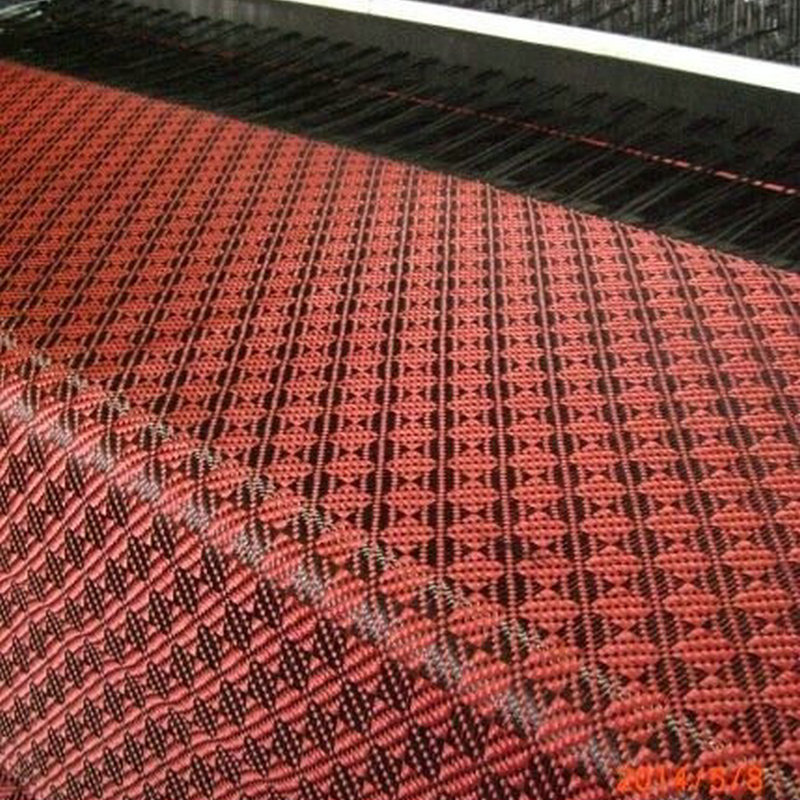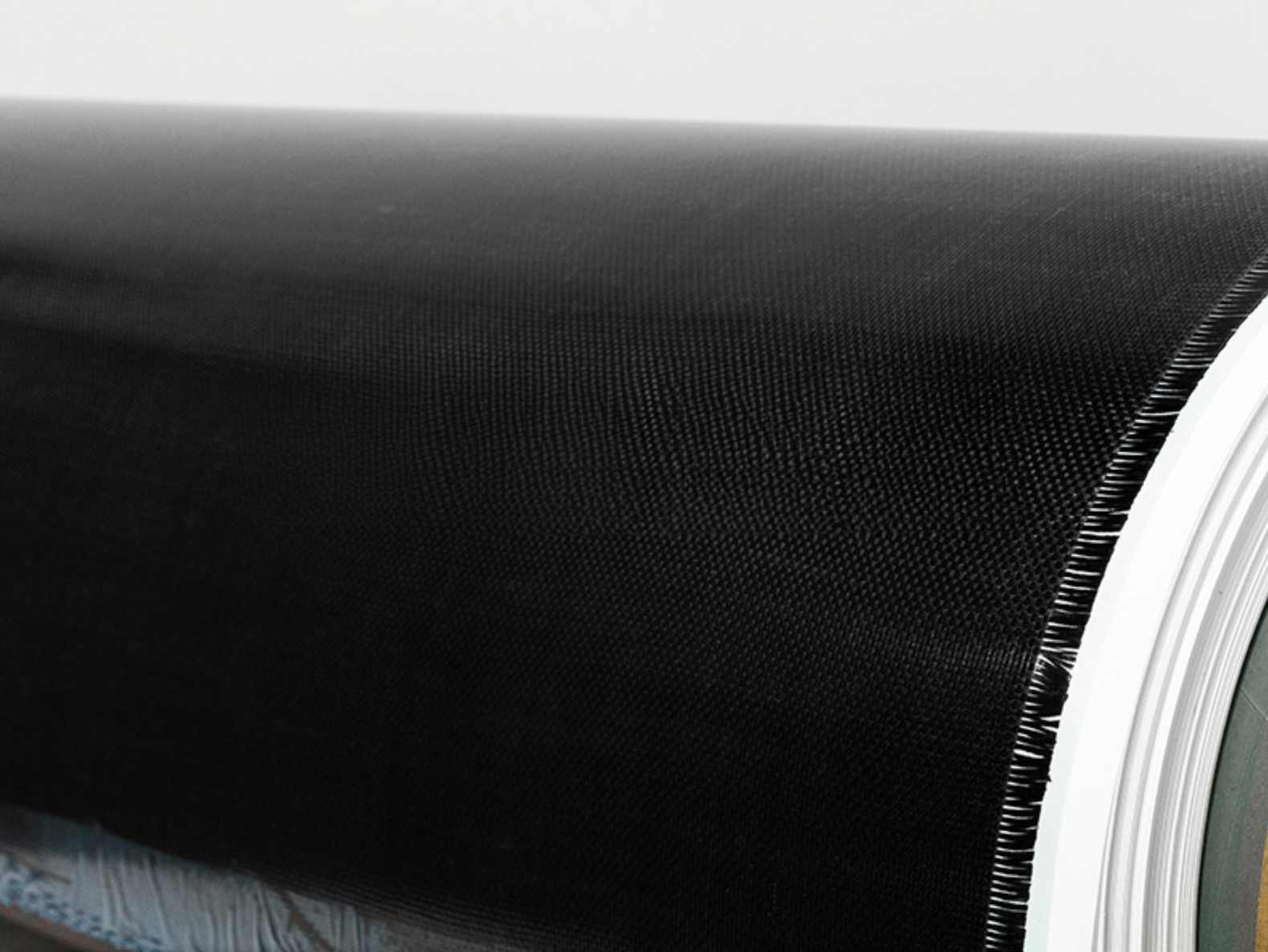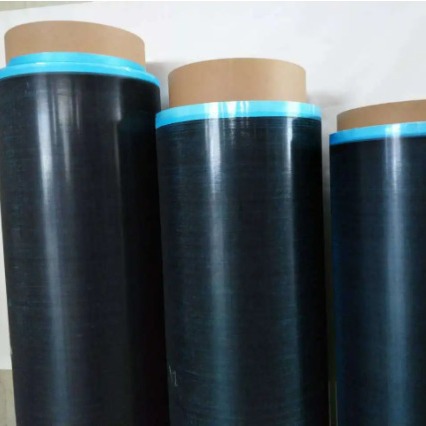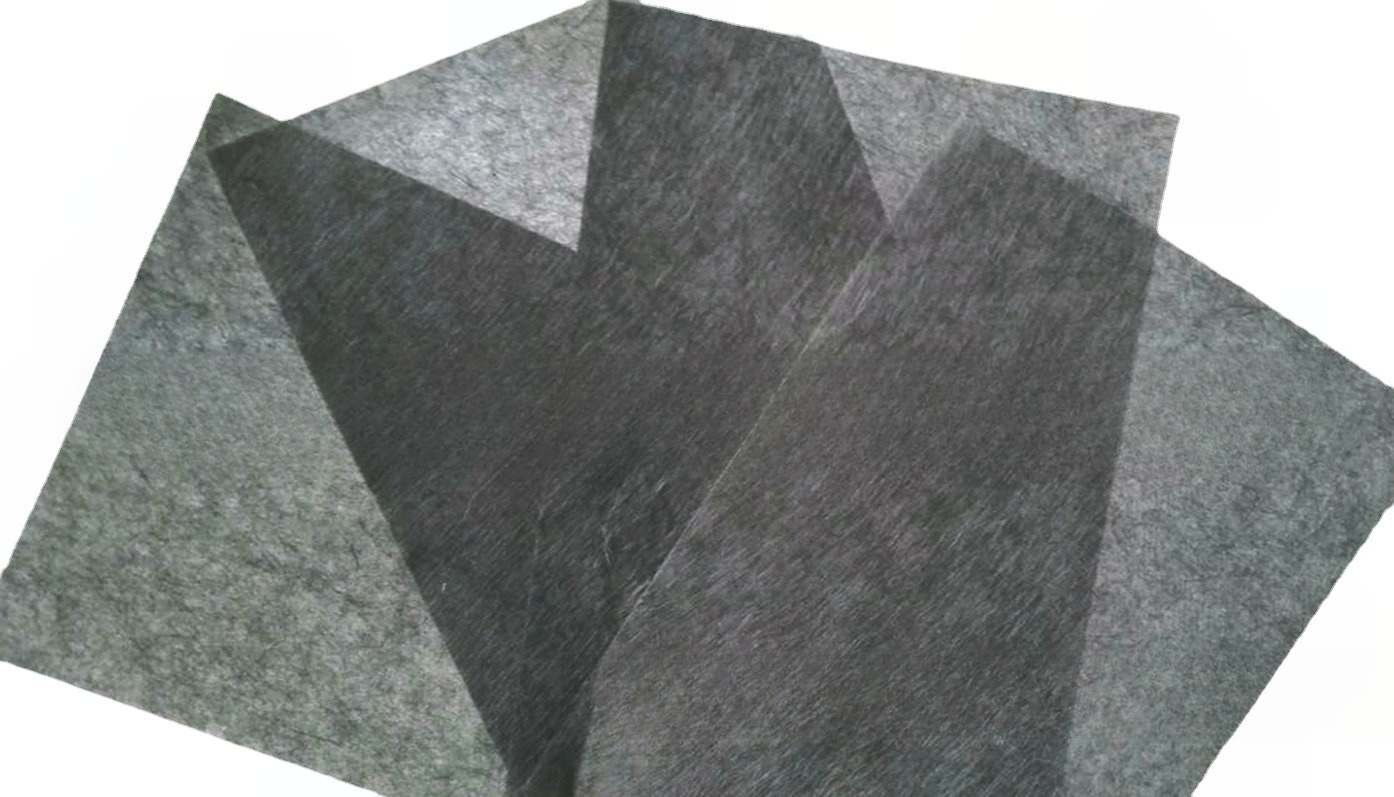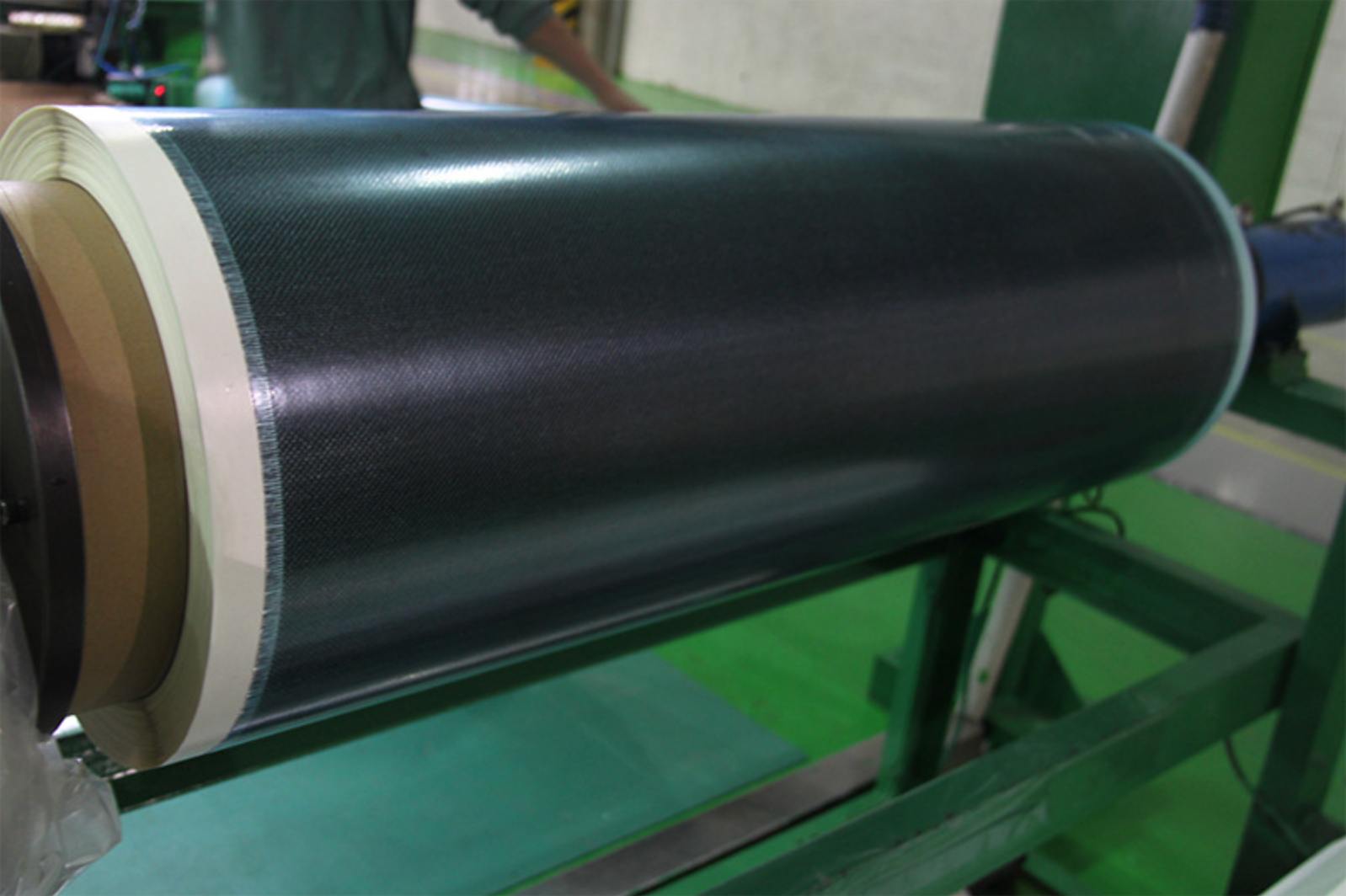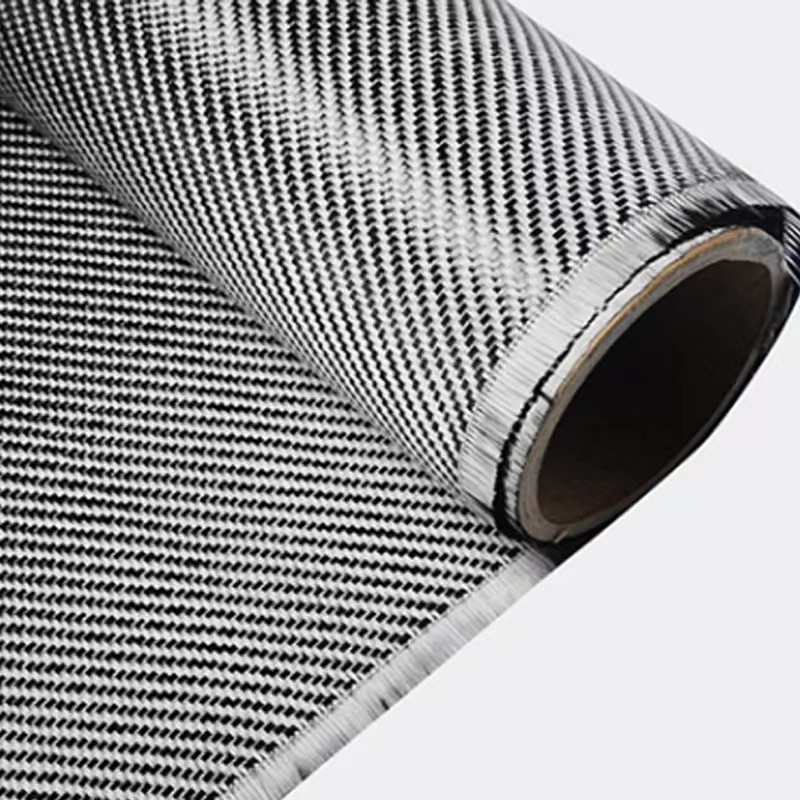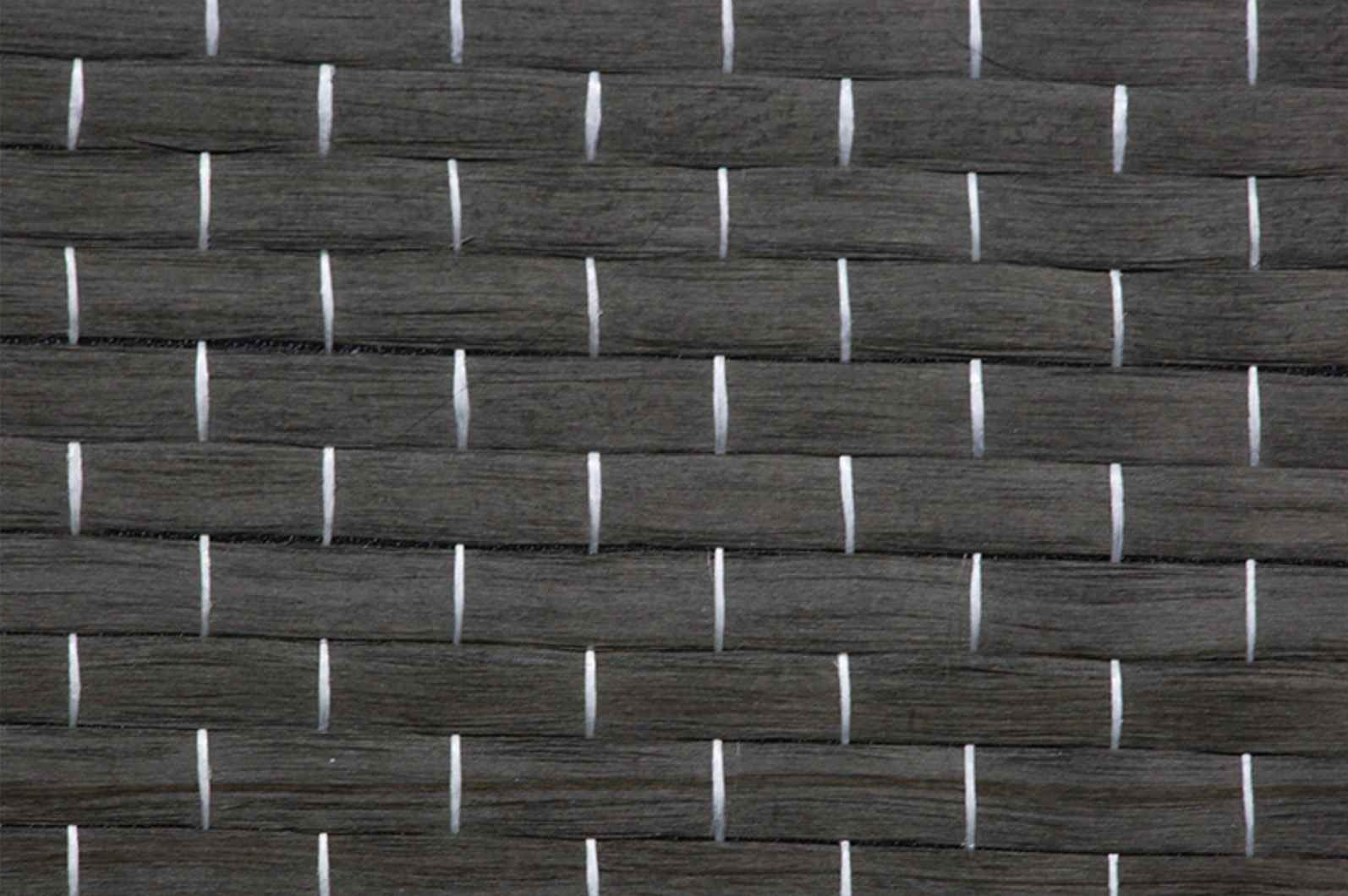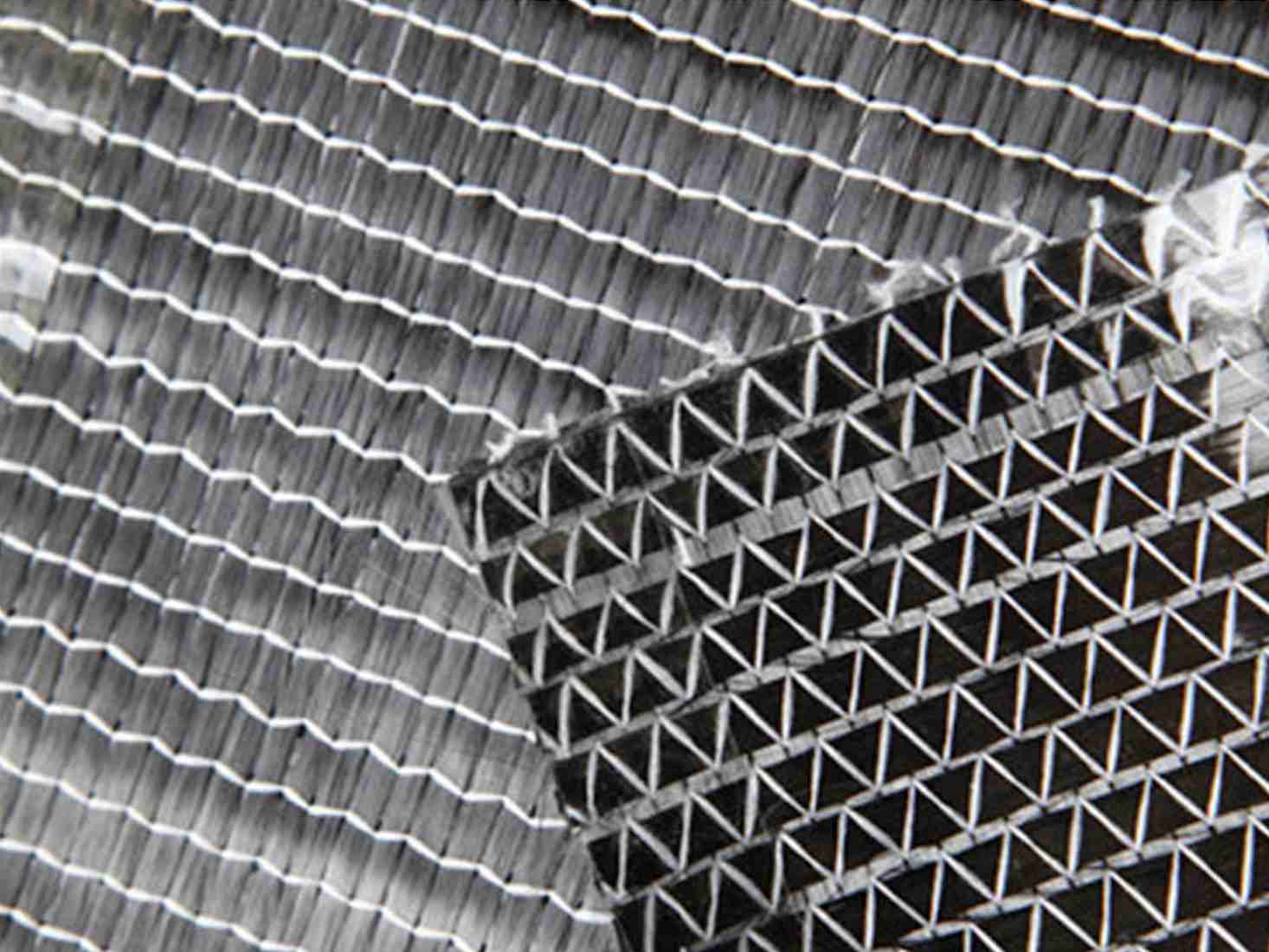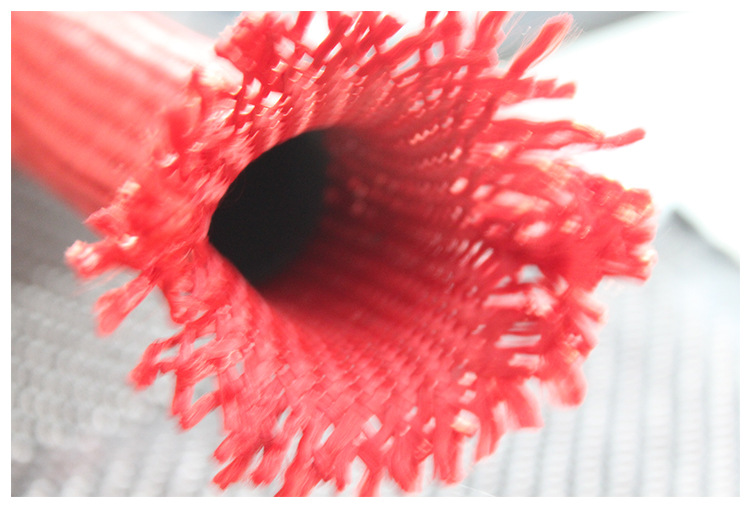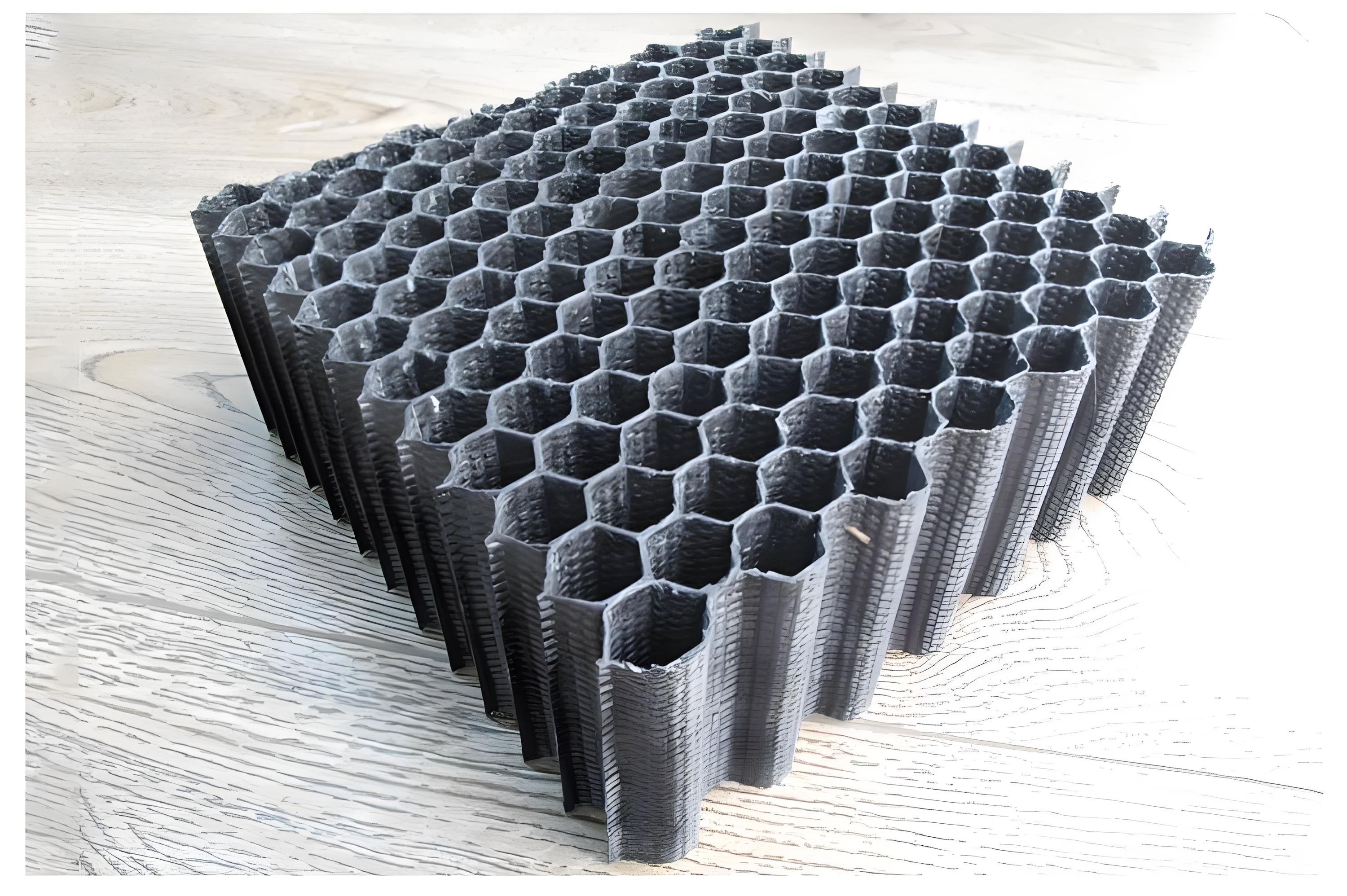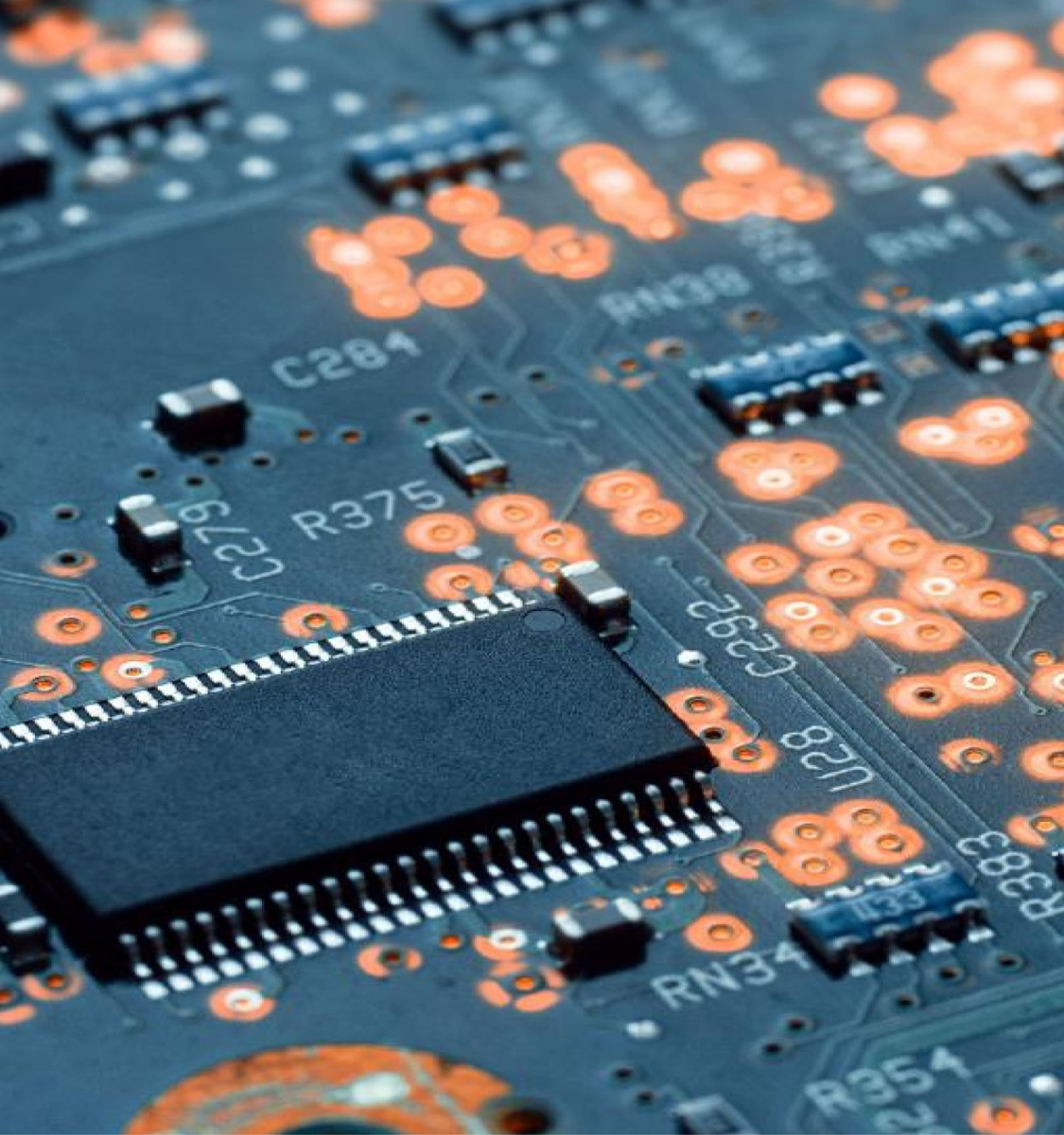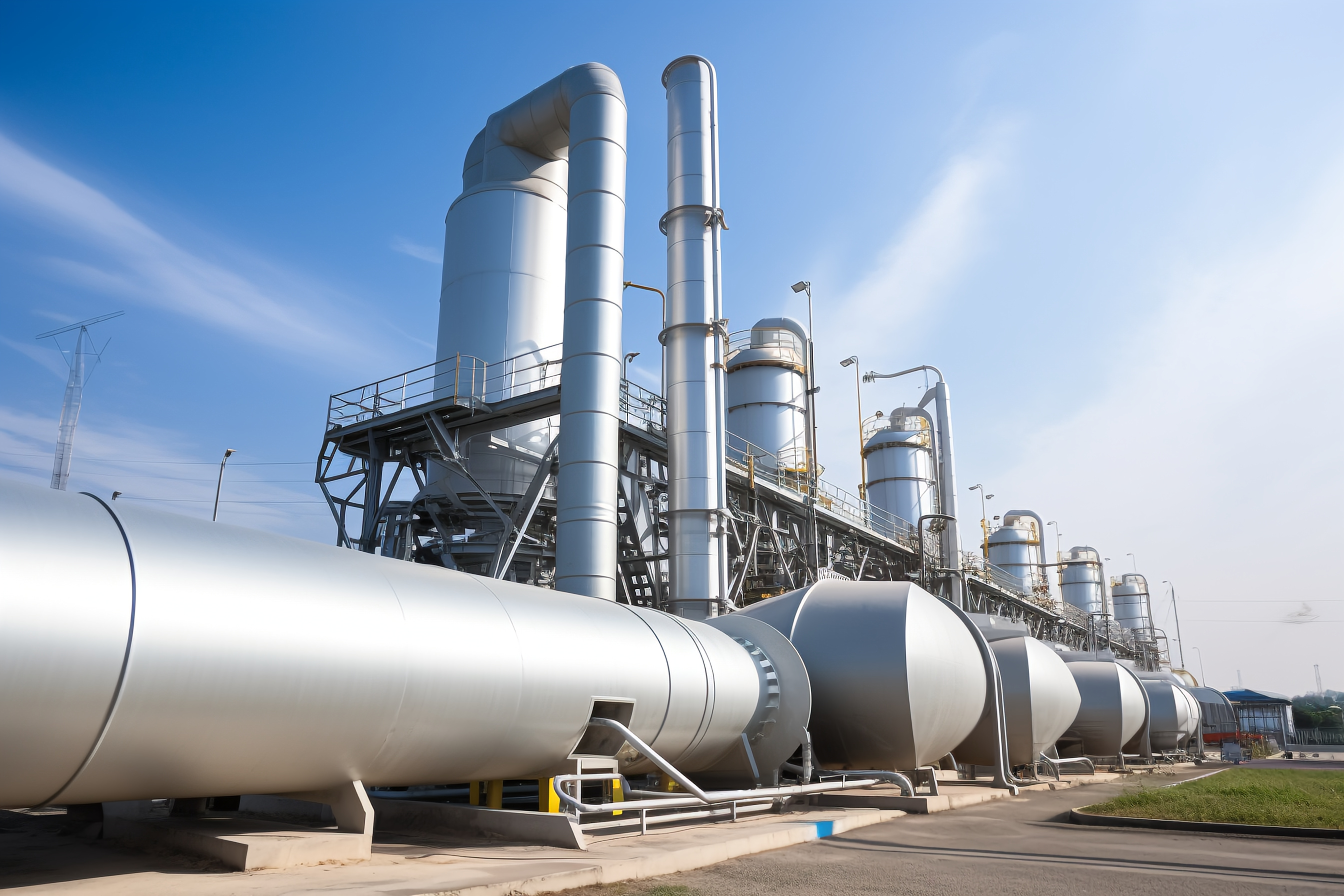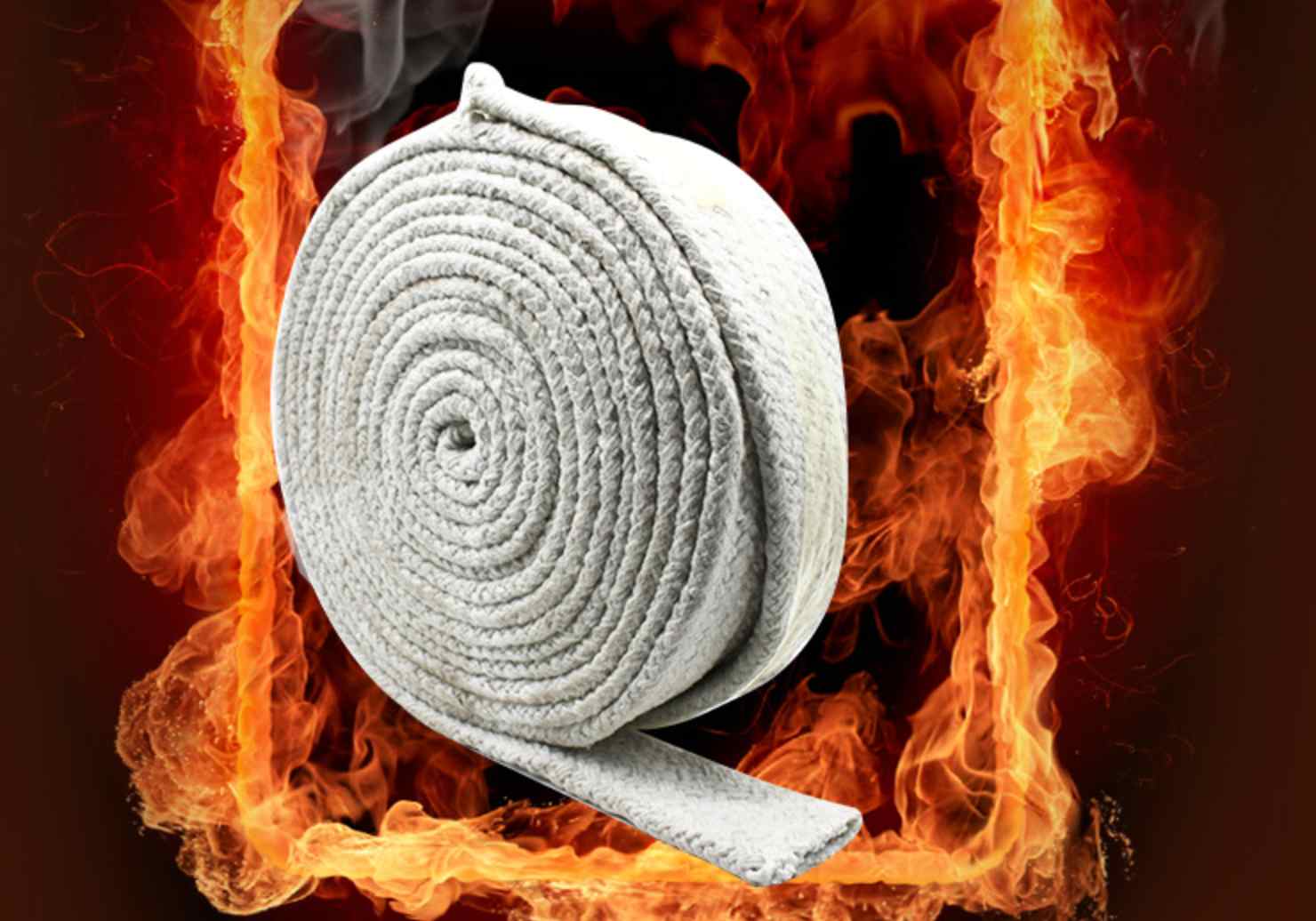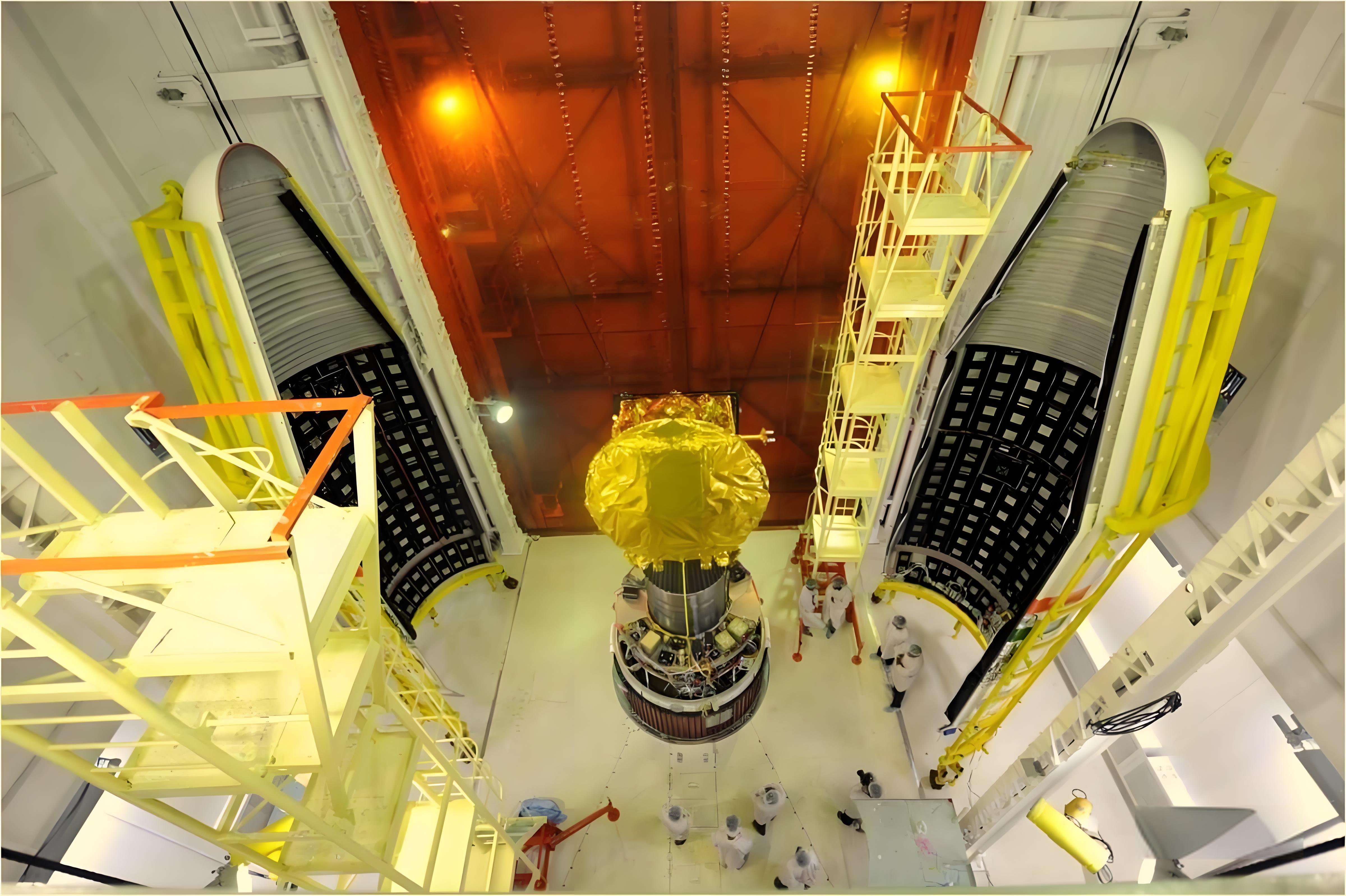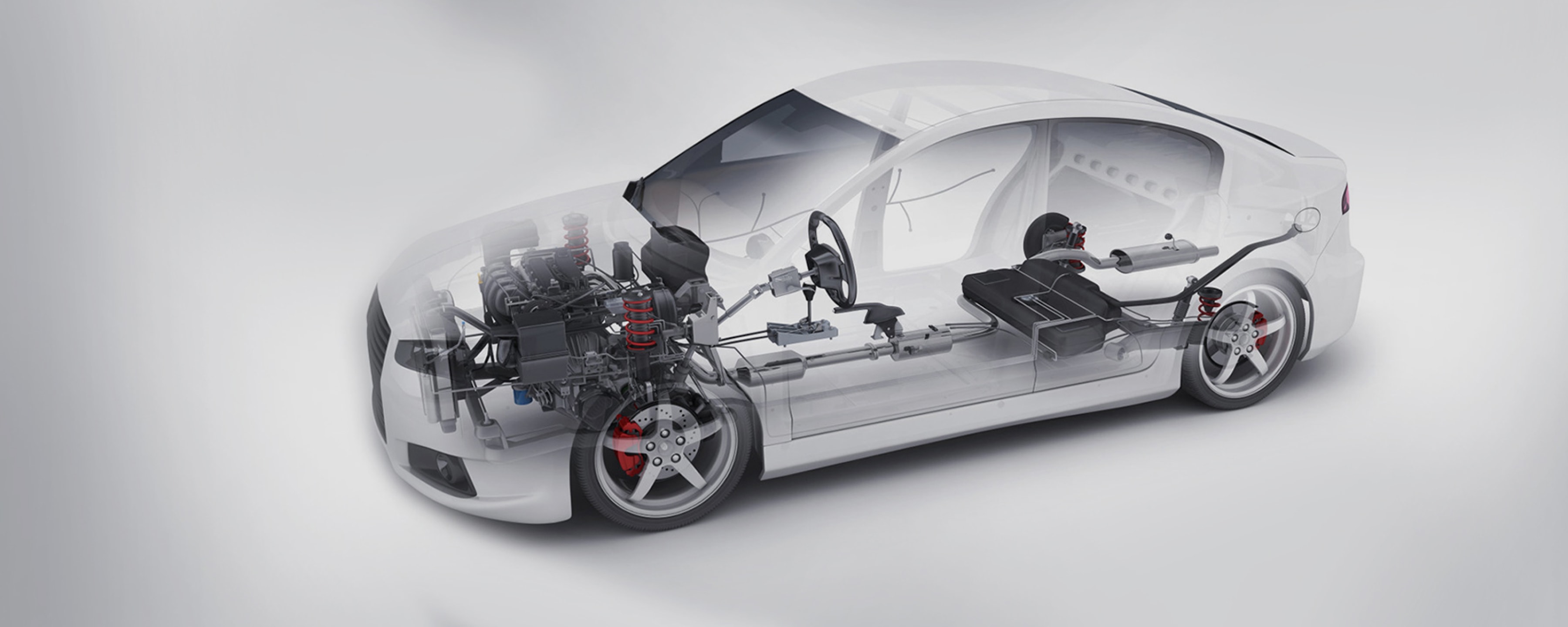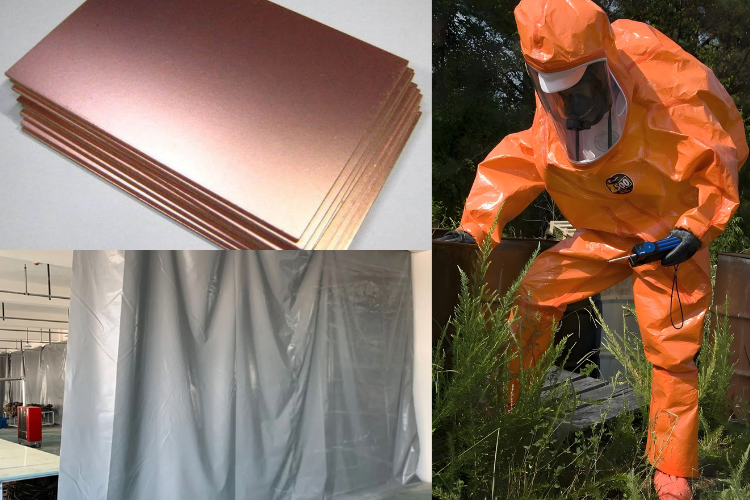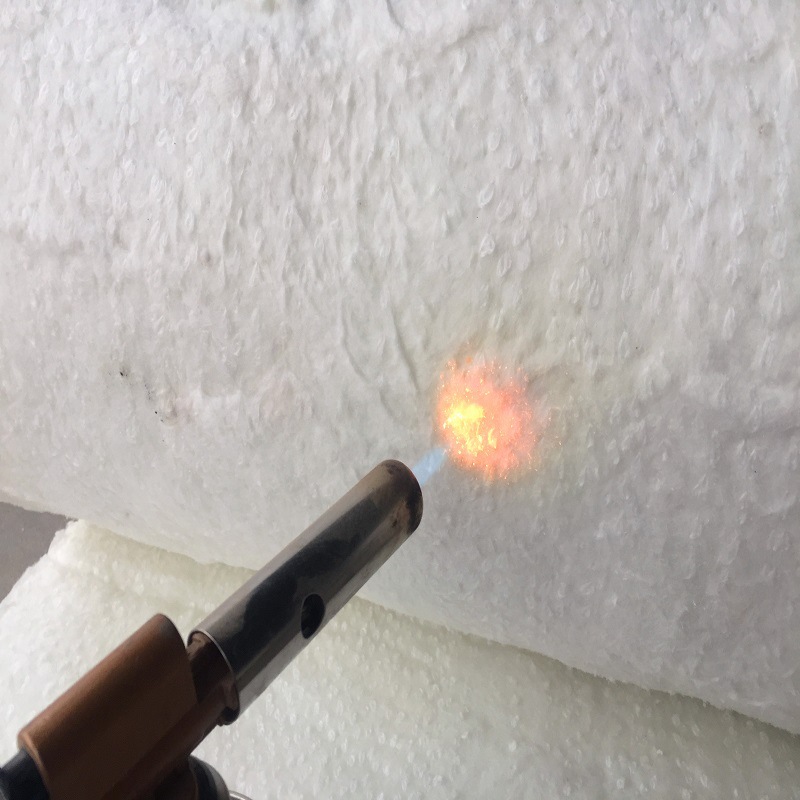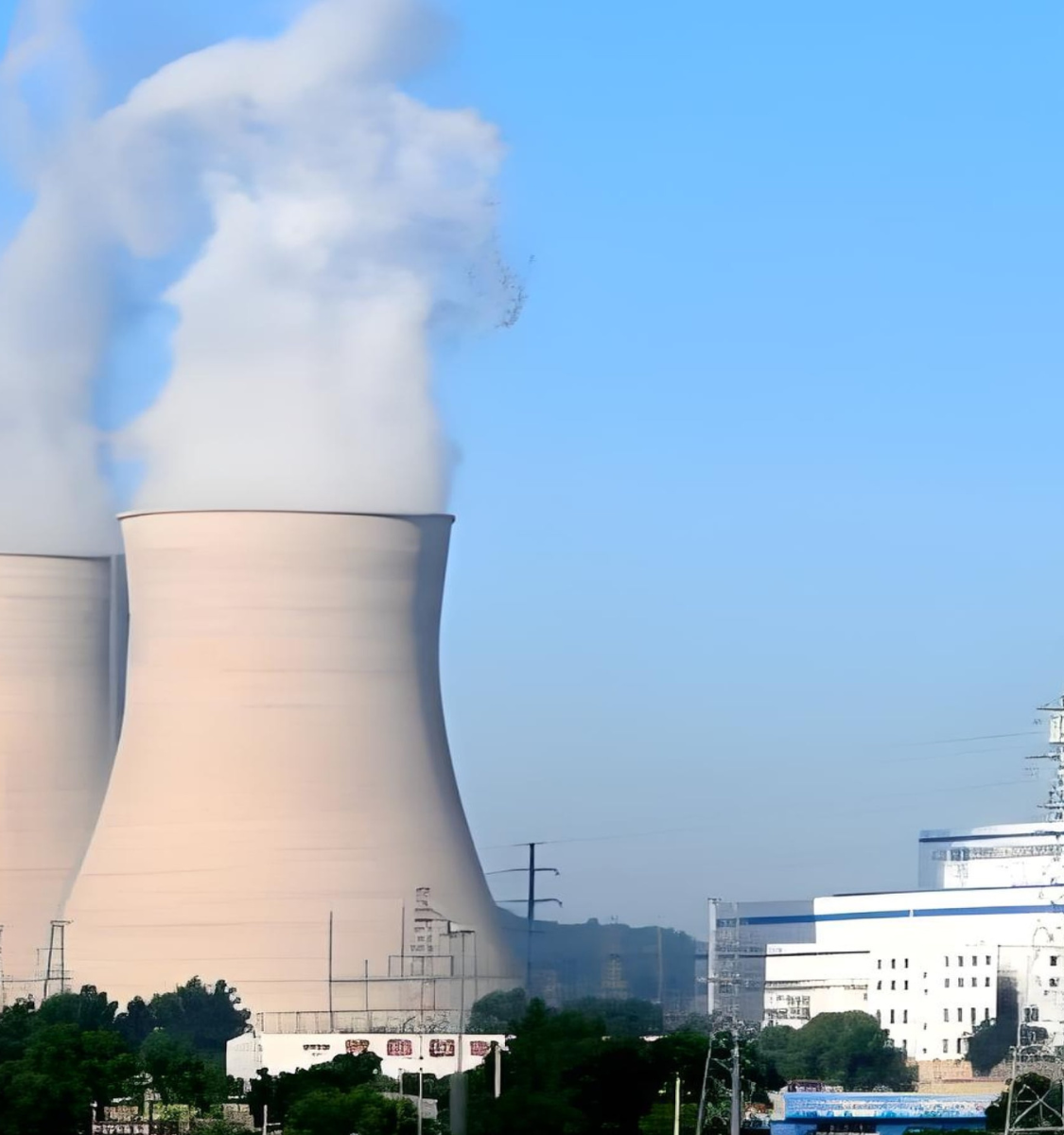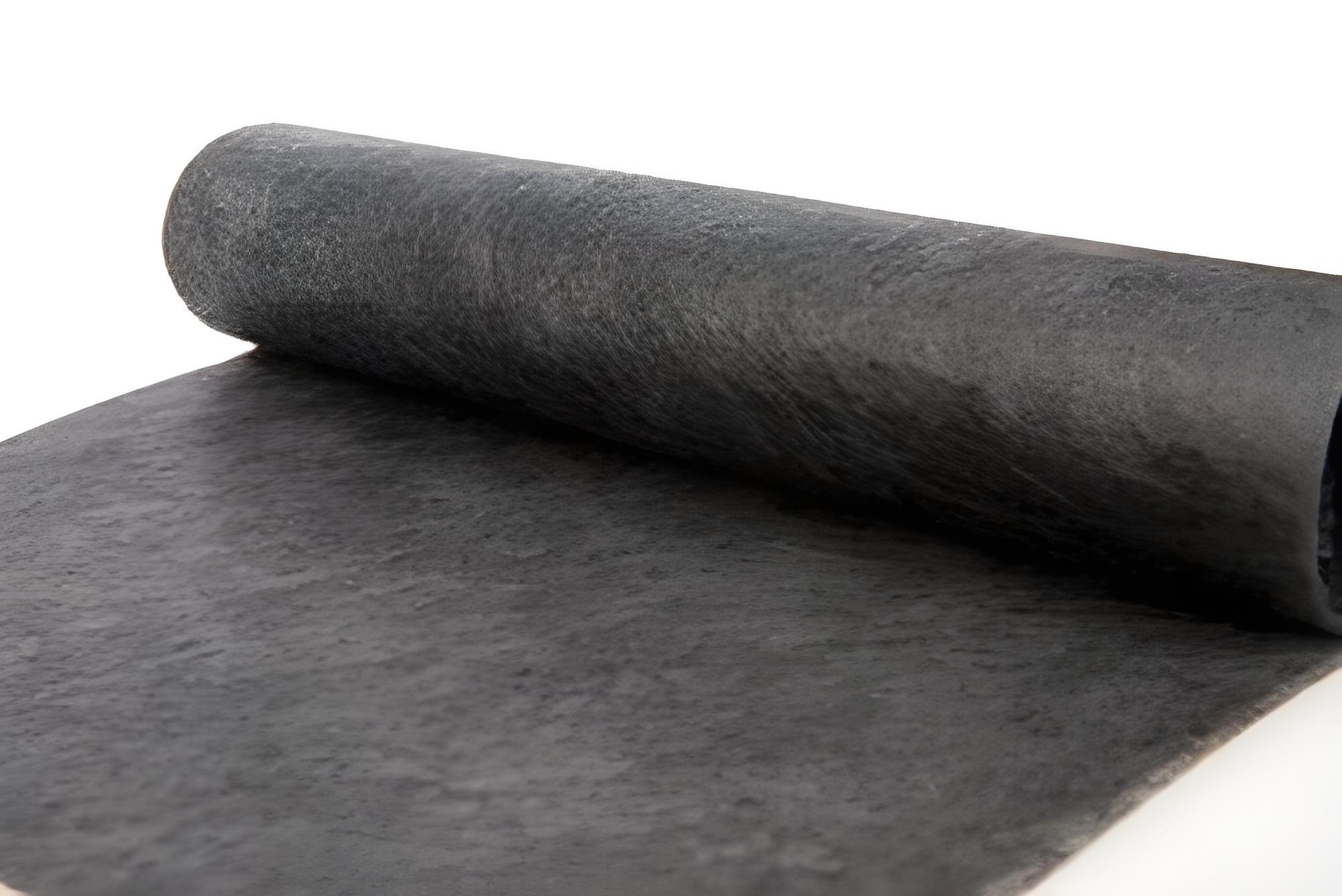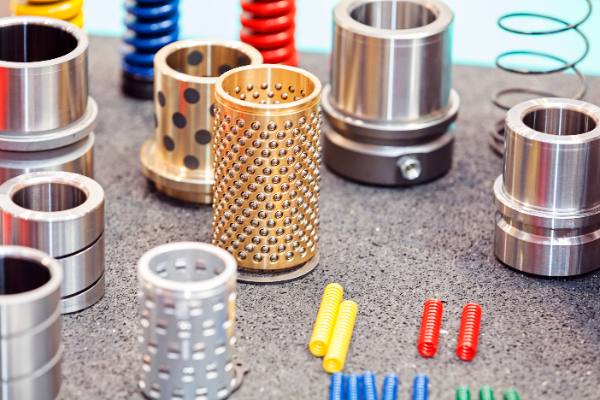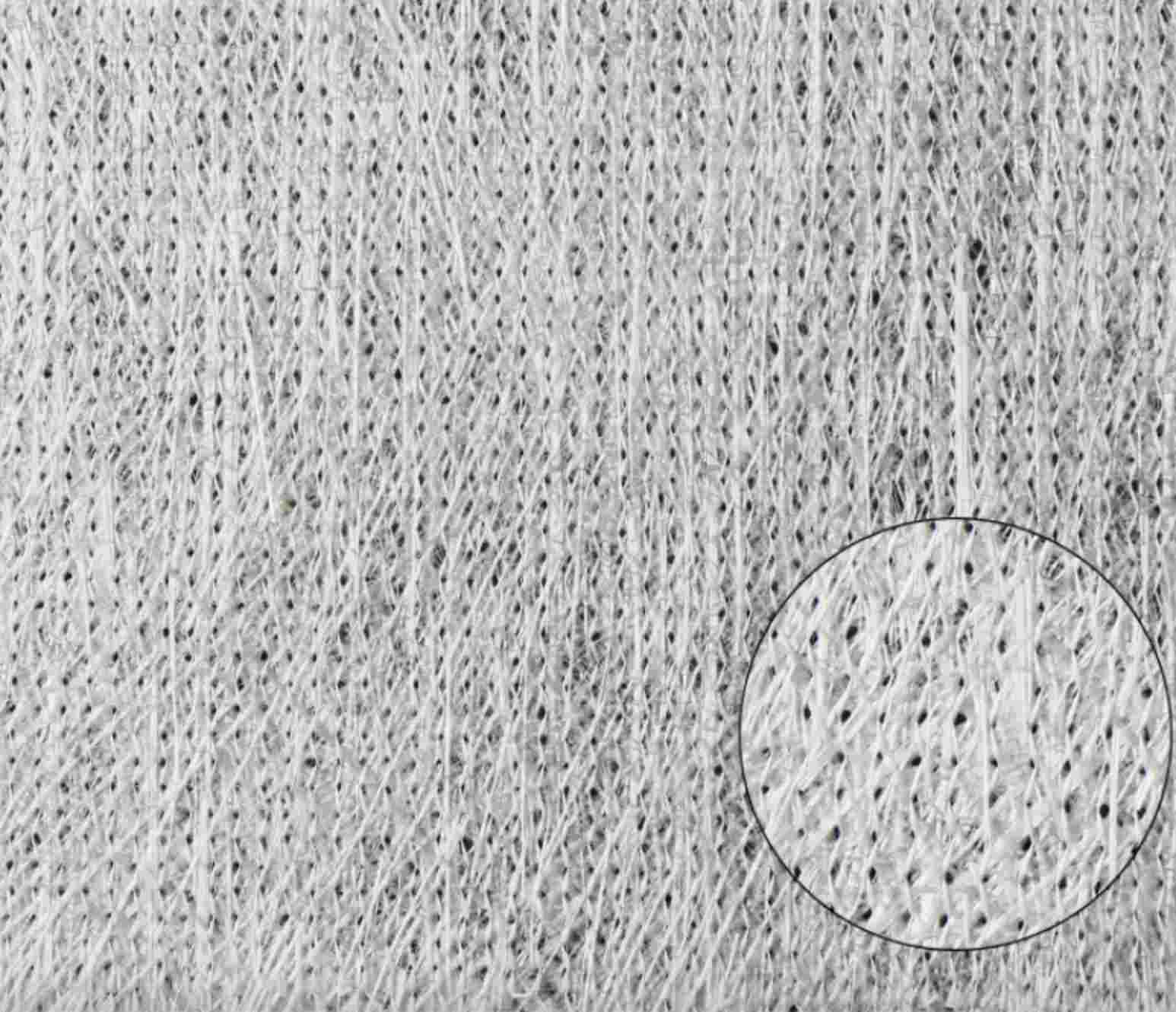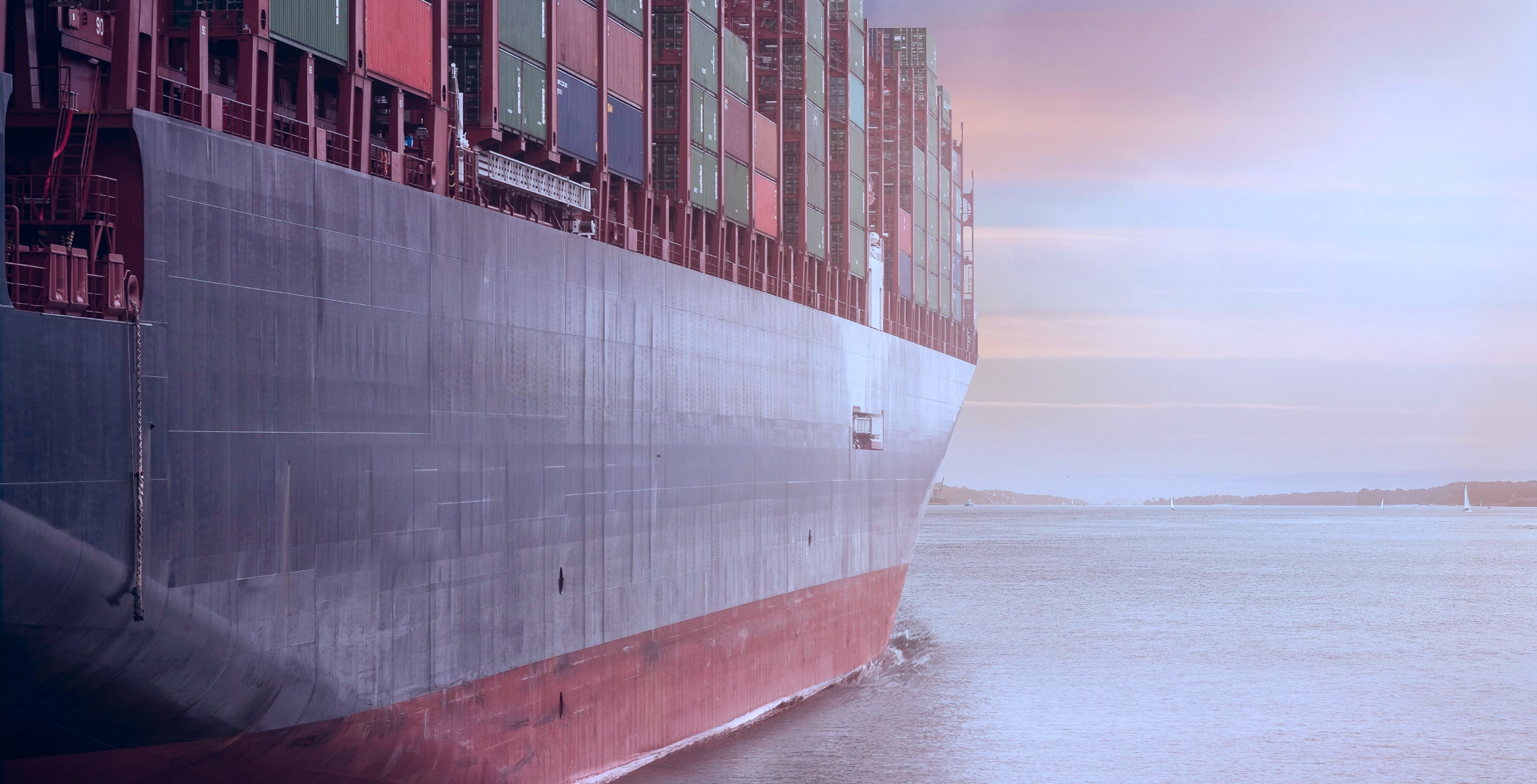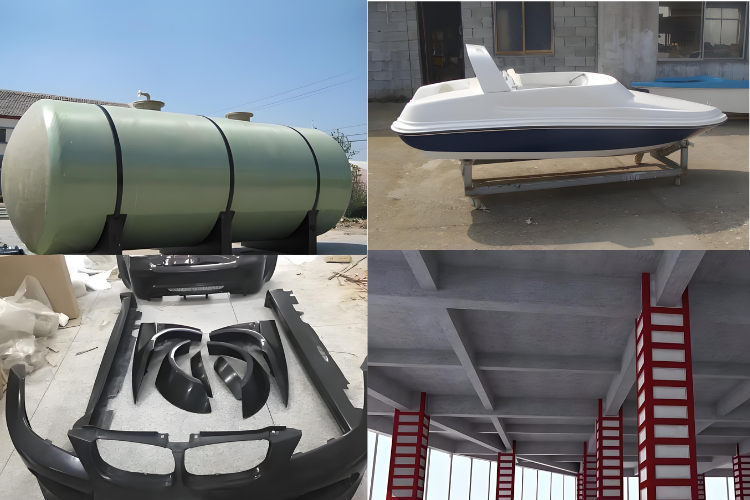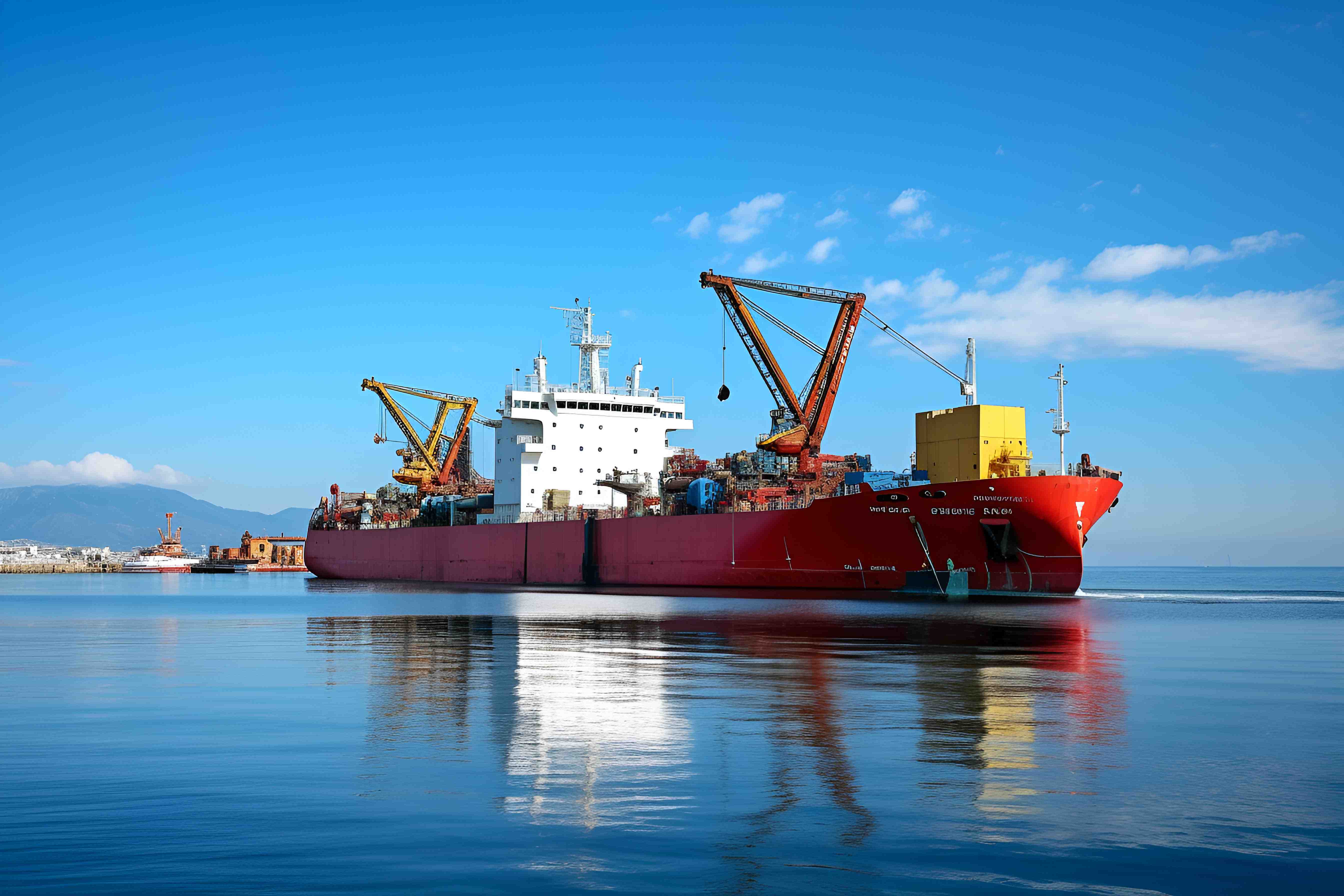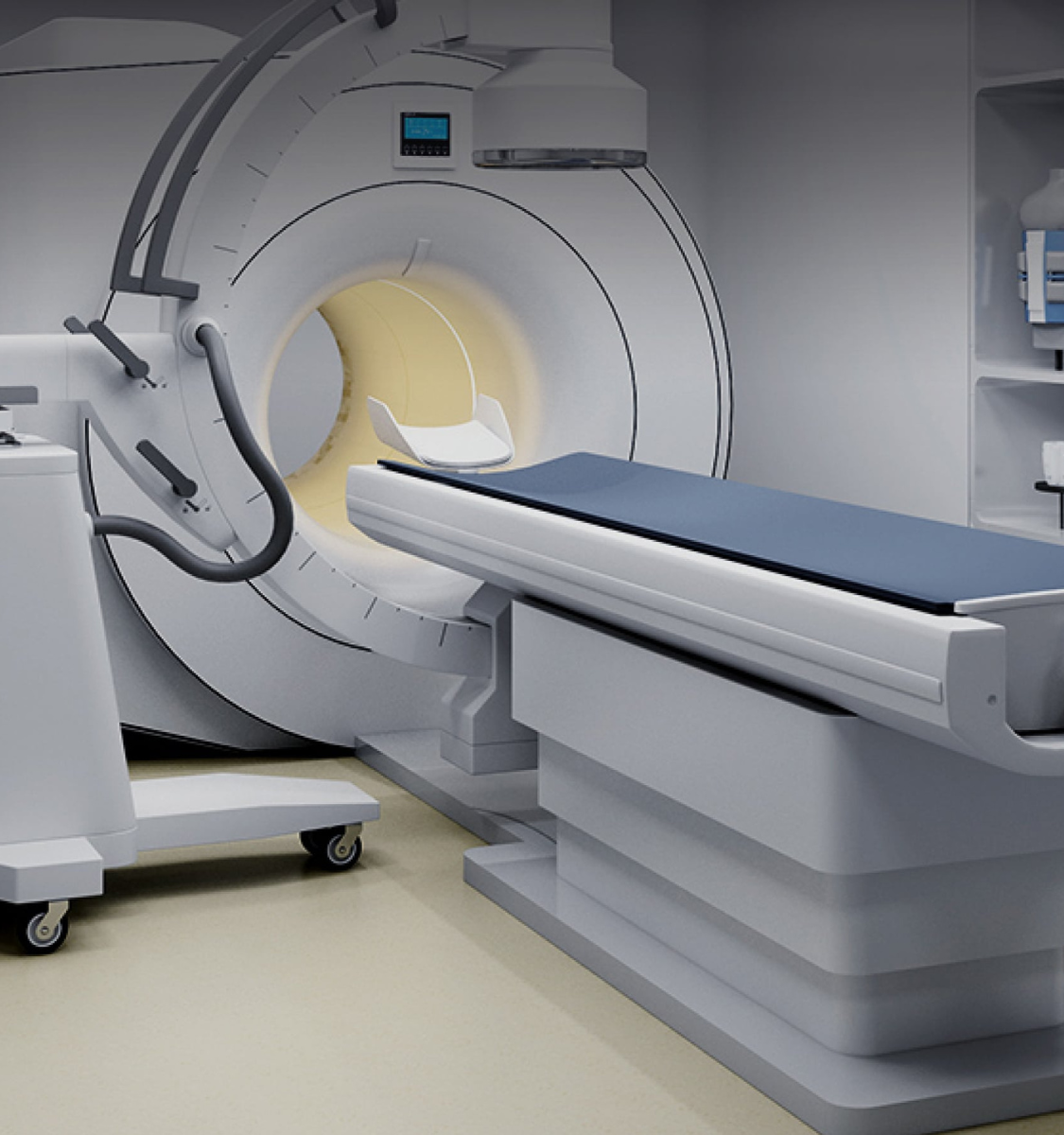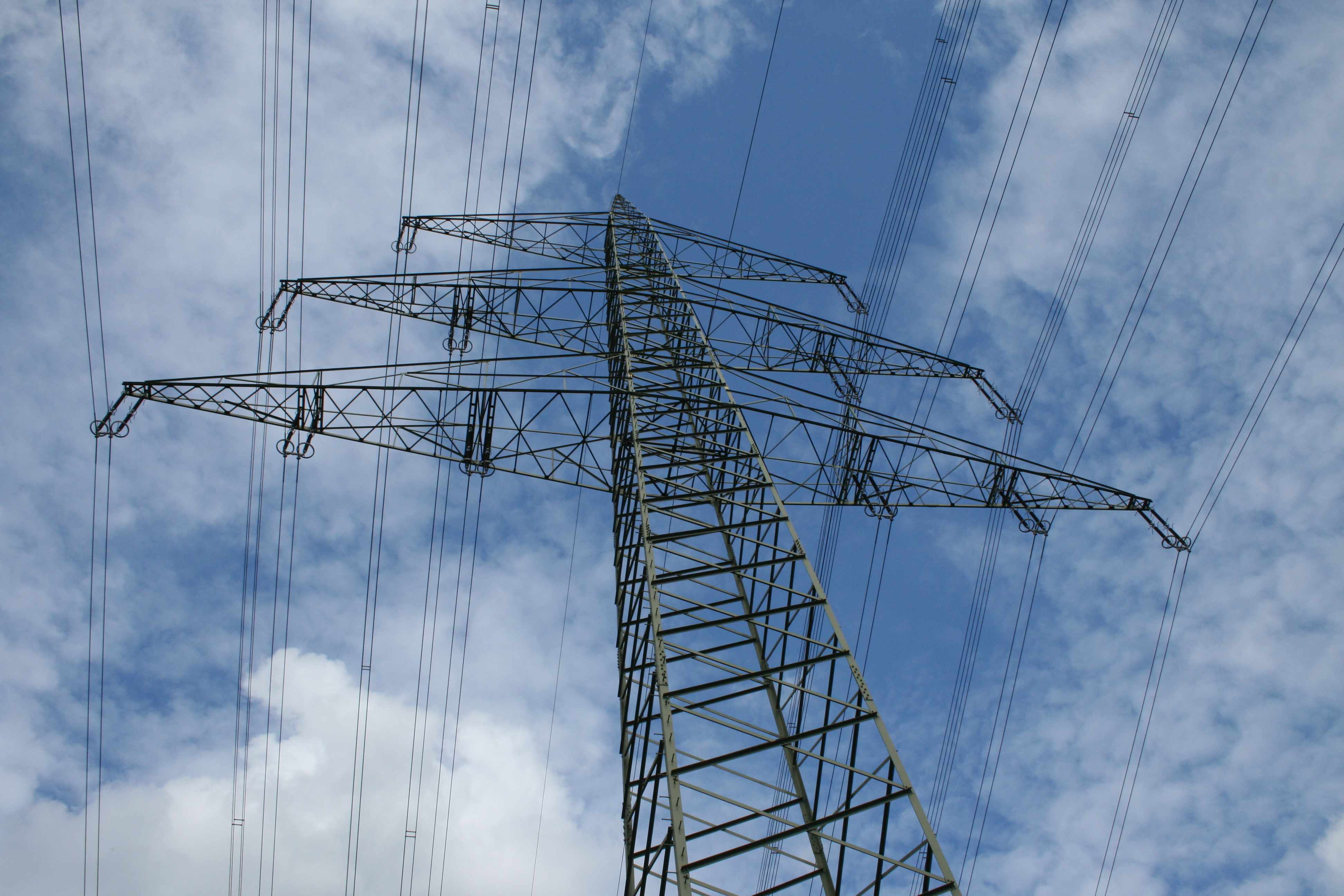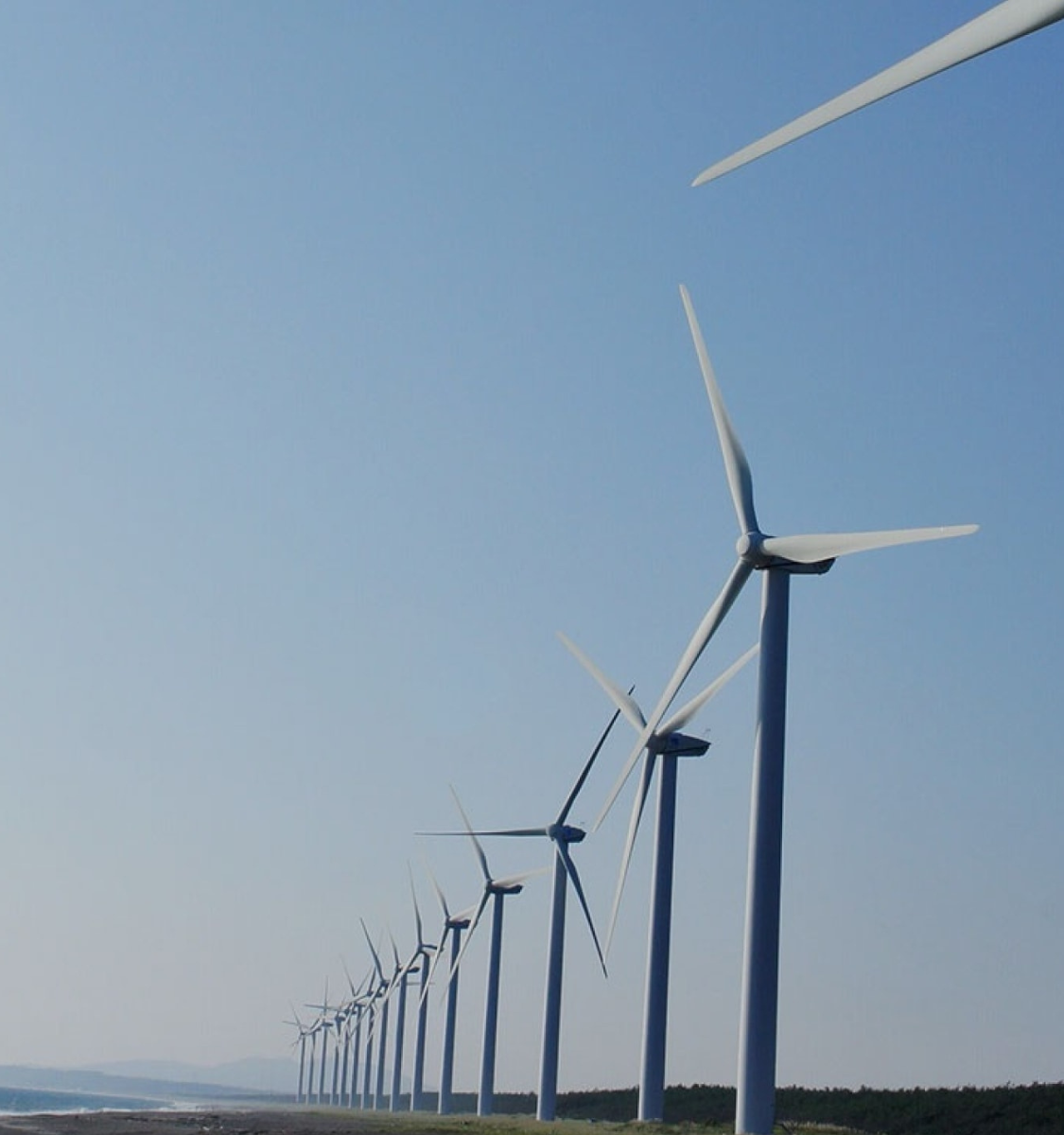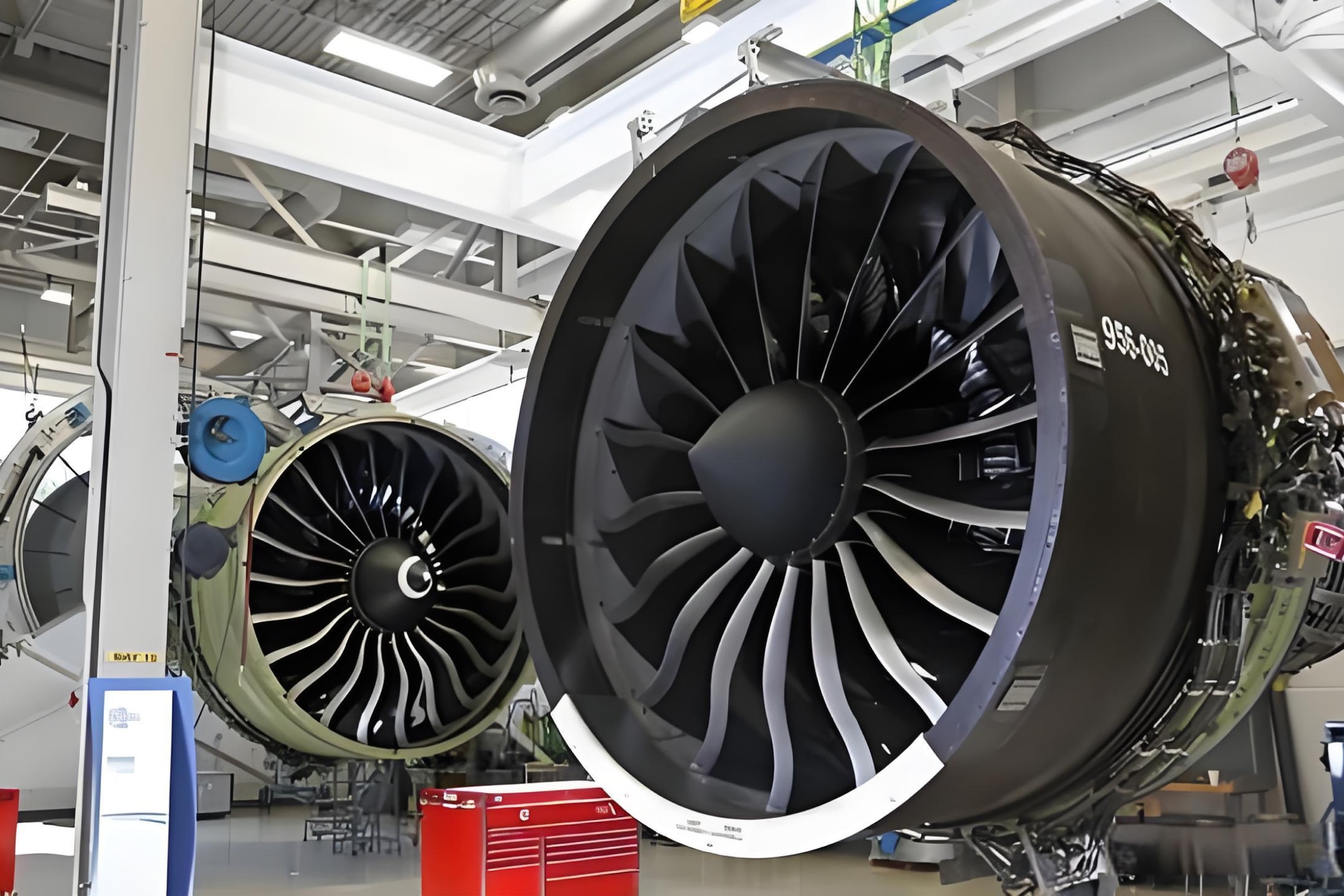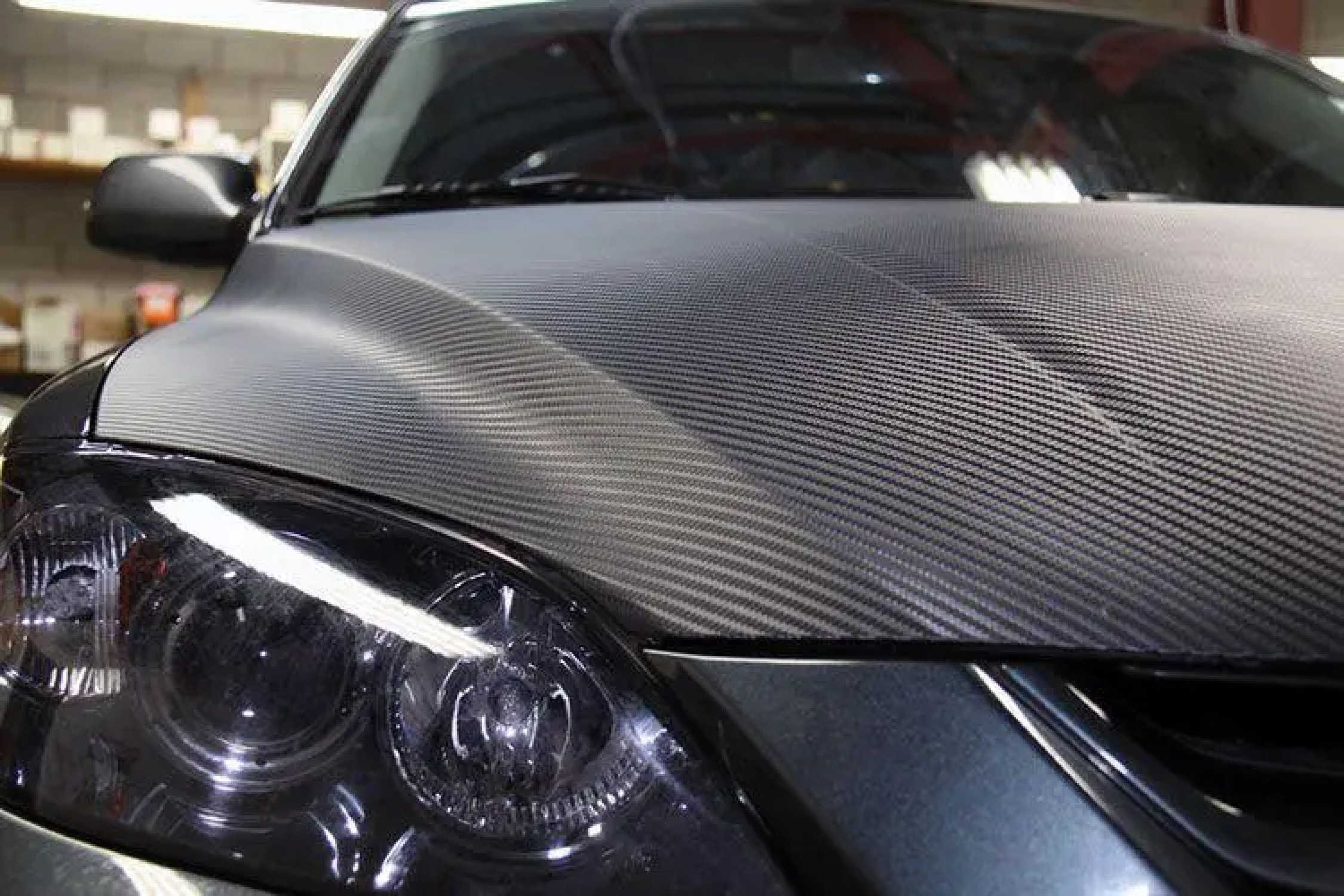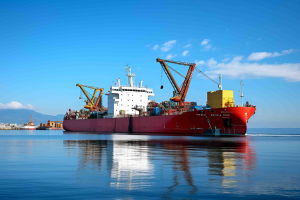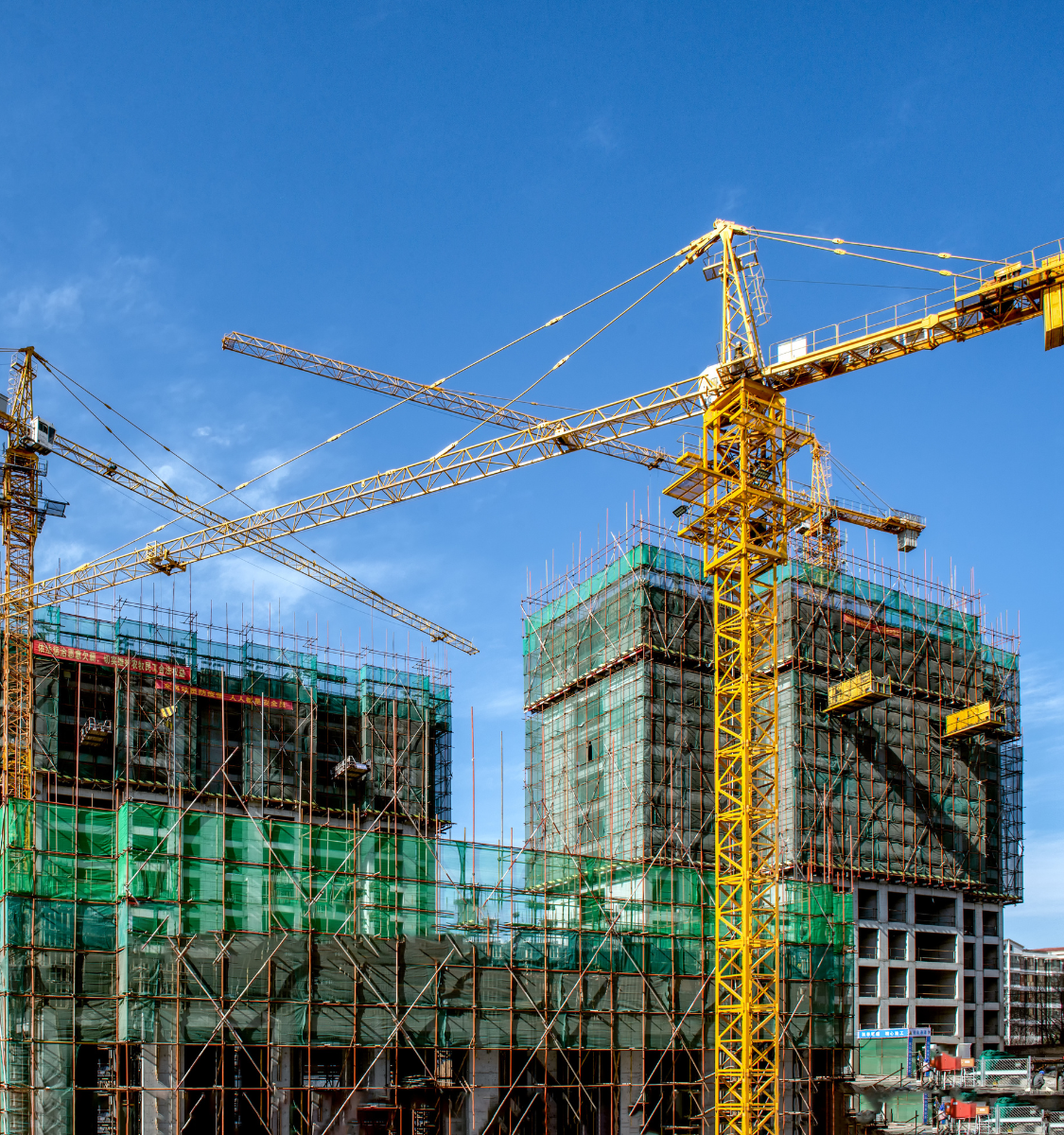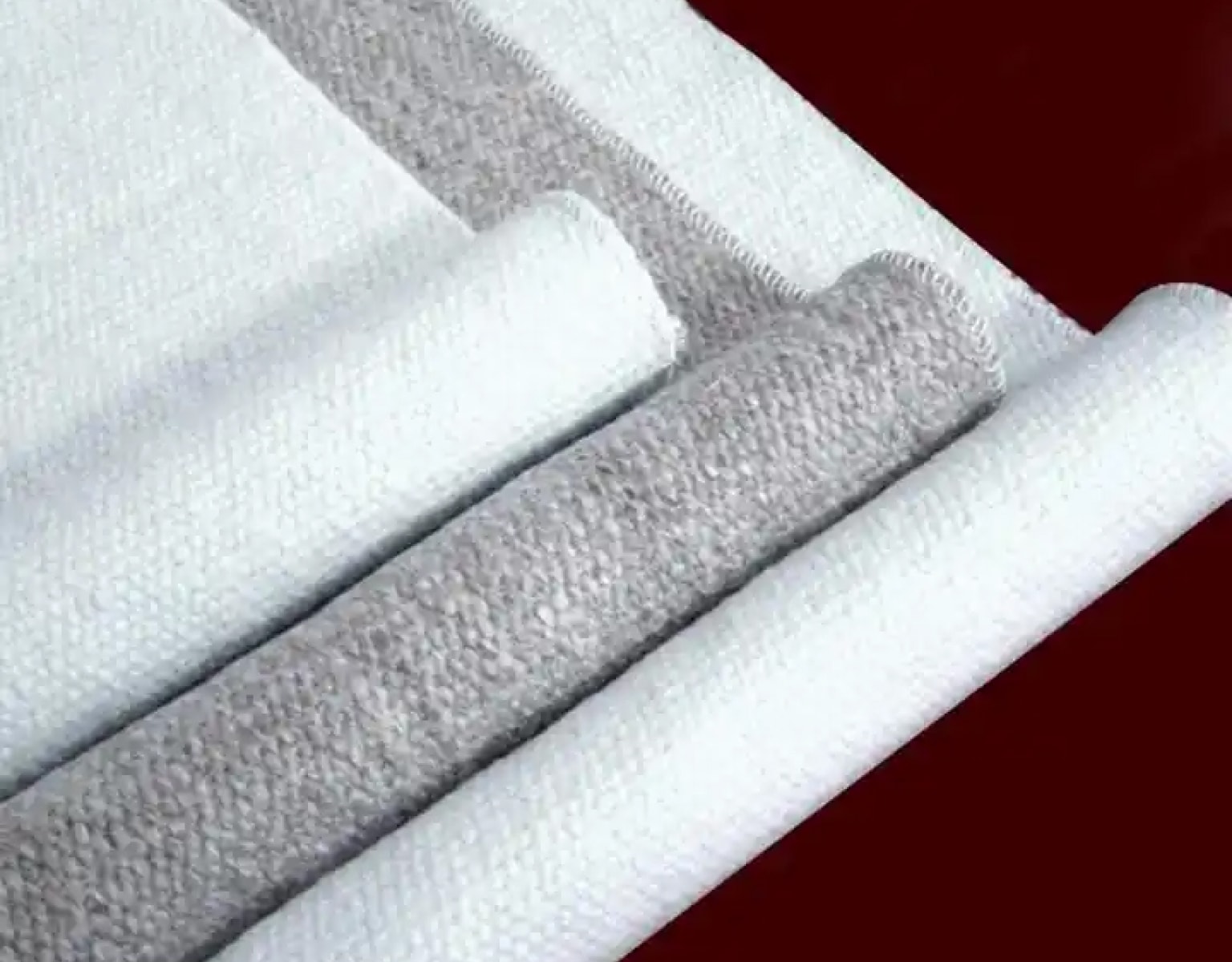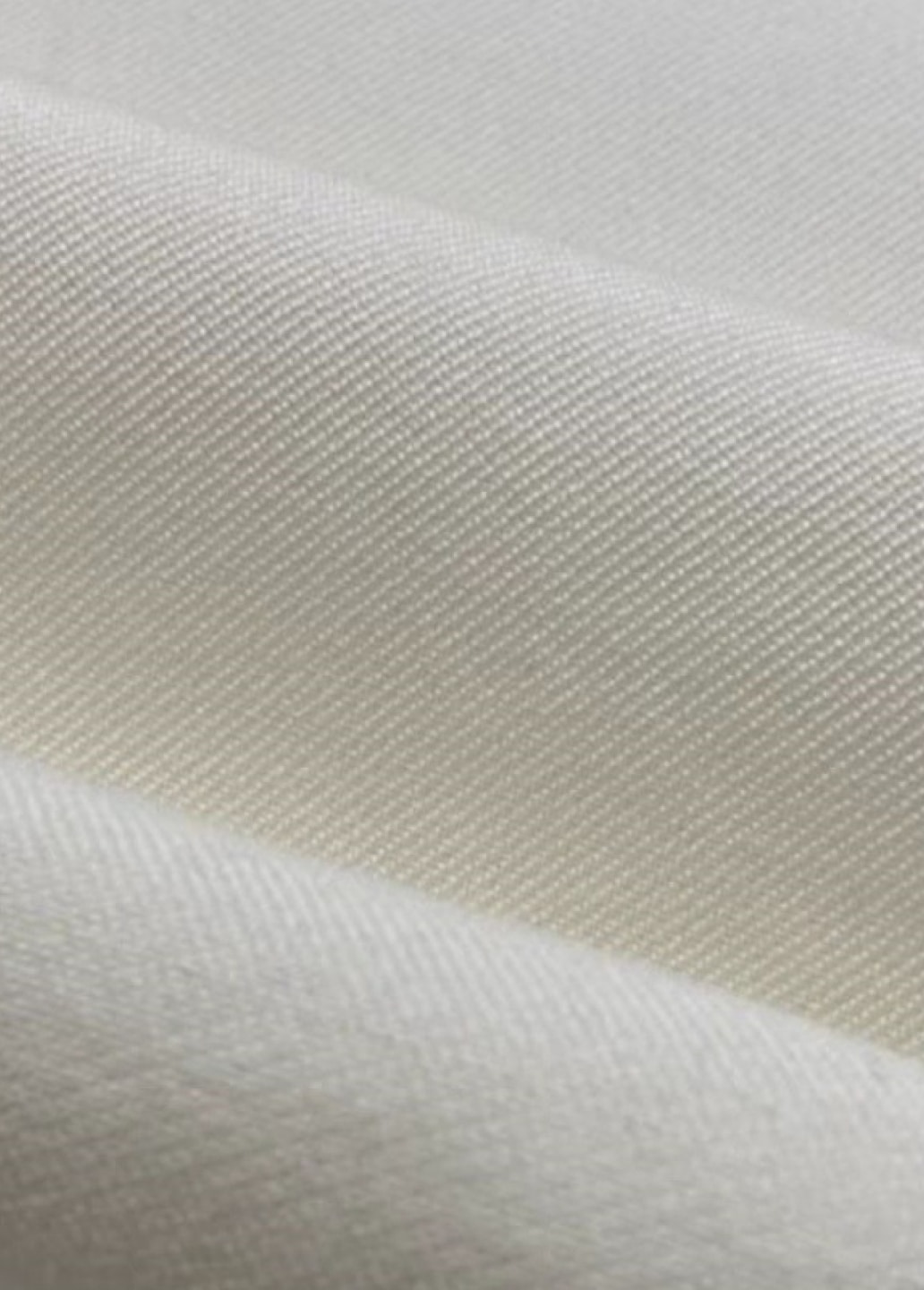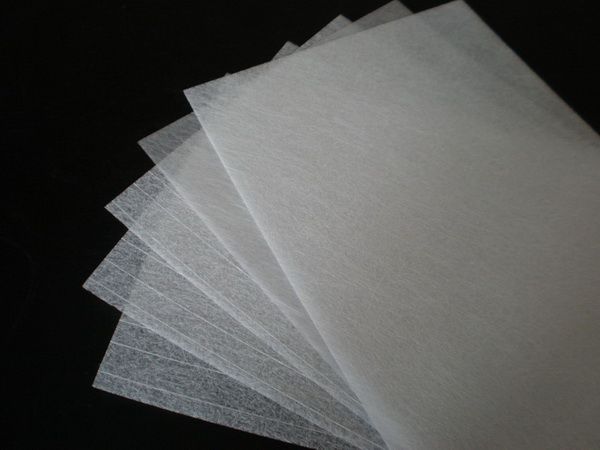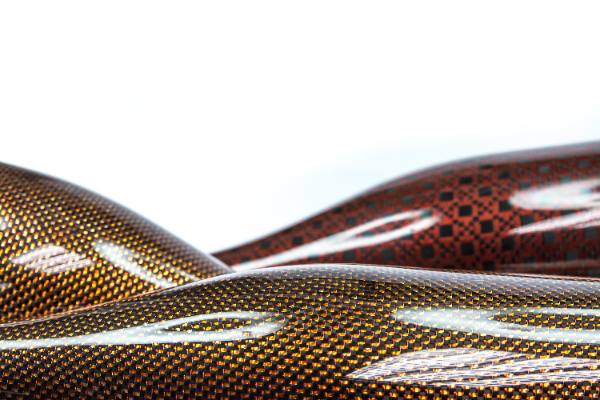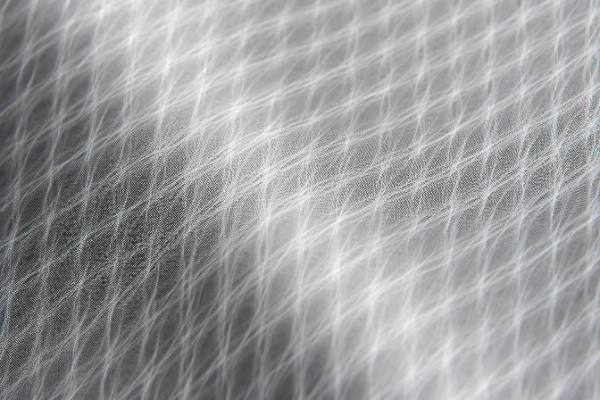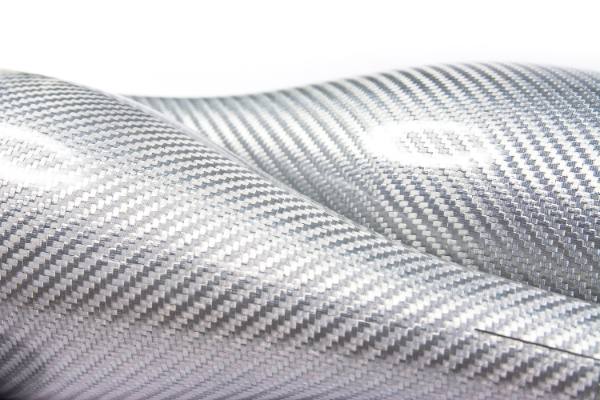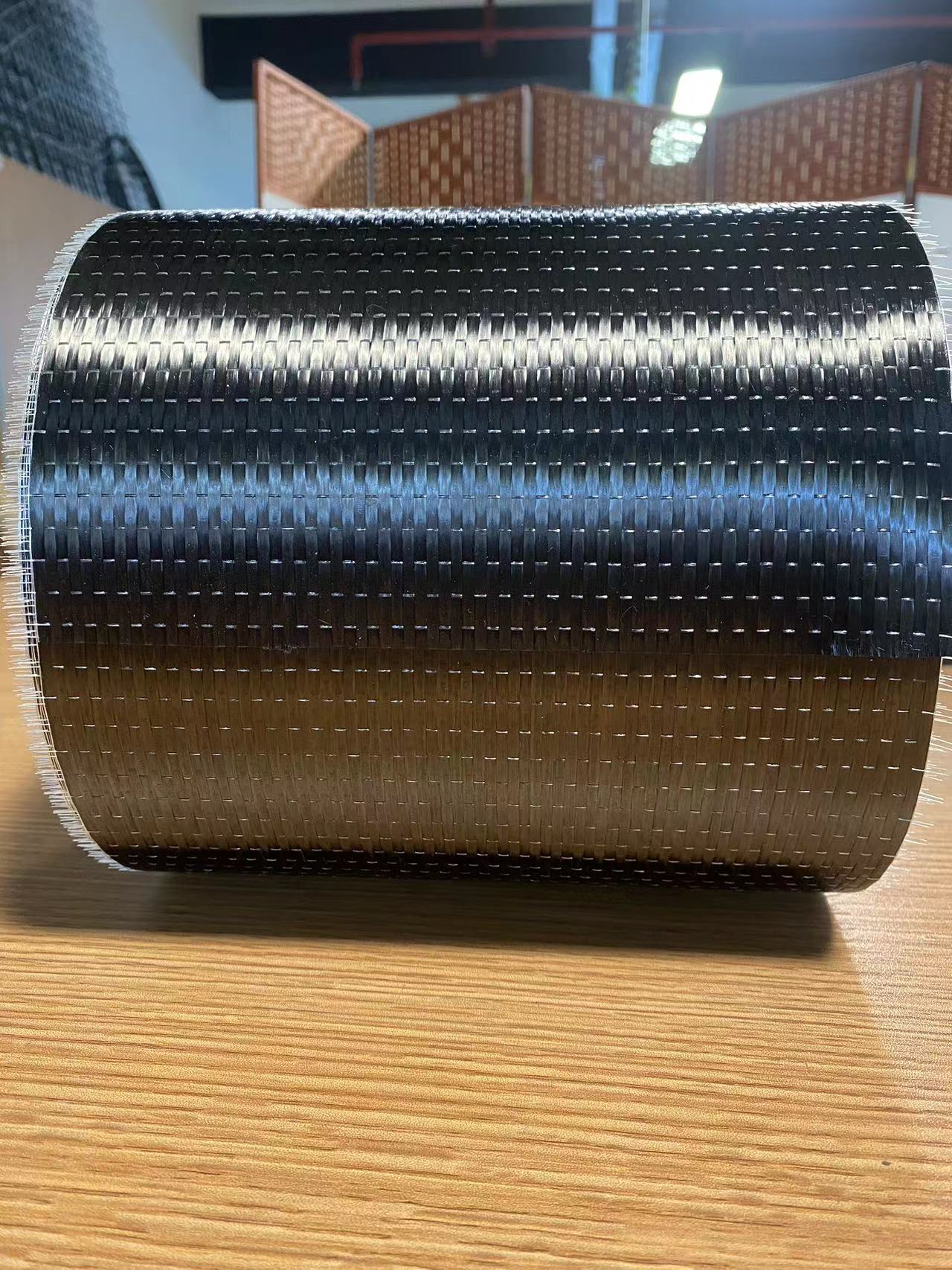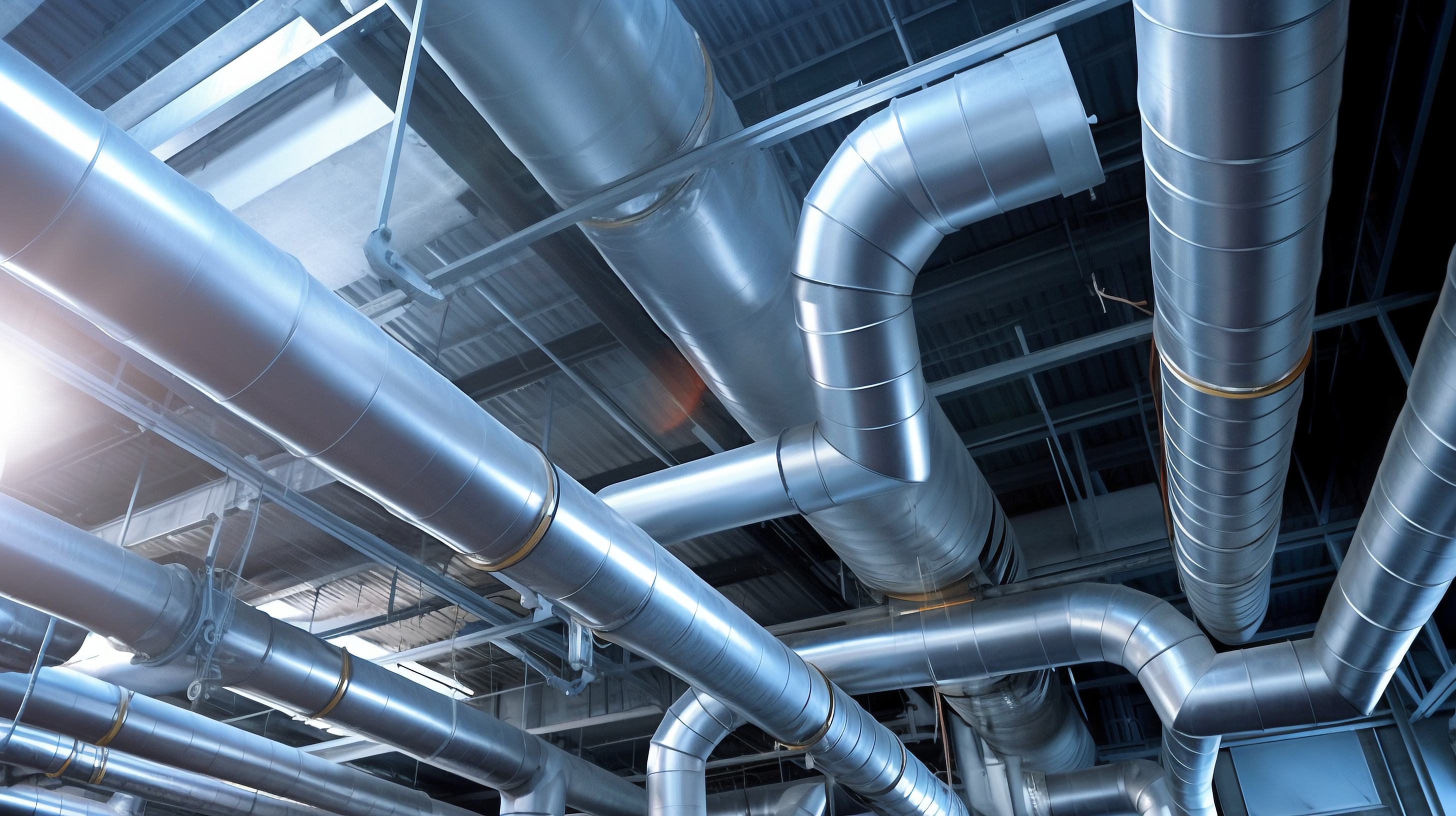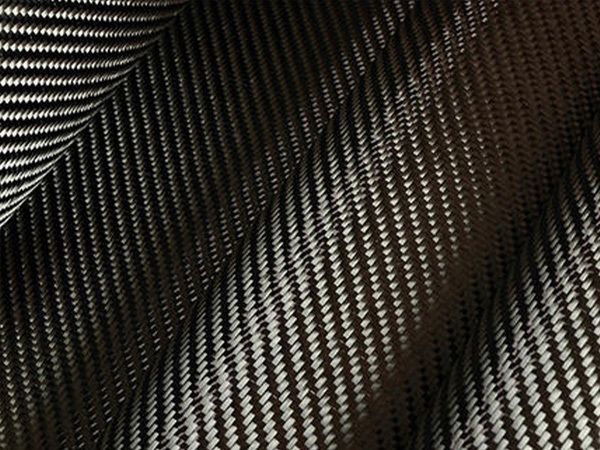+86-13732282311
merlin@xcellentcomposites.com
Let the world benefit from composite materials!
Research Status and Progress of Aramid Fibers
This paper provides an overview of aramid fibers, including their classification, properties, and industrial development trends in China and globally. It also discusses the major production methods used to manufacture aramid fibers and explores recent research on their surface modification techniques. Various physical modification methods (such as ultrasonic treatment, plasma treatment, high-energy radiation, UV irradiation, and surface coatings) and chemical modification methods (including surface etching, surface grafting, supercritical carbon dioxide modification, and complexation techniques) are reviewed in detail. Additionally, the main application areas of aramid fibers are examined, and the future development outlook is discussed in relation to the current state of China's aramid fiber production industry.
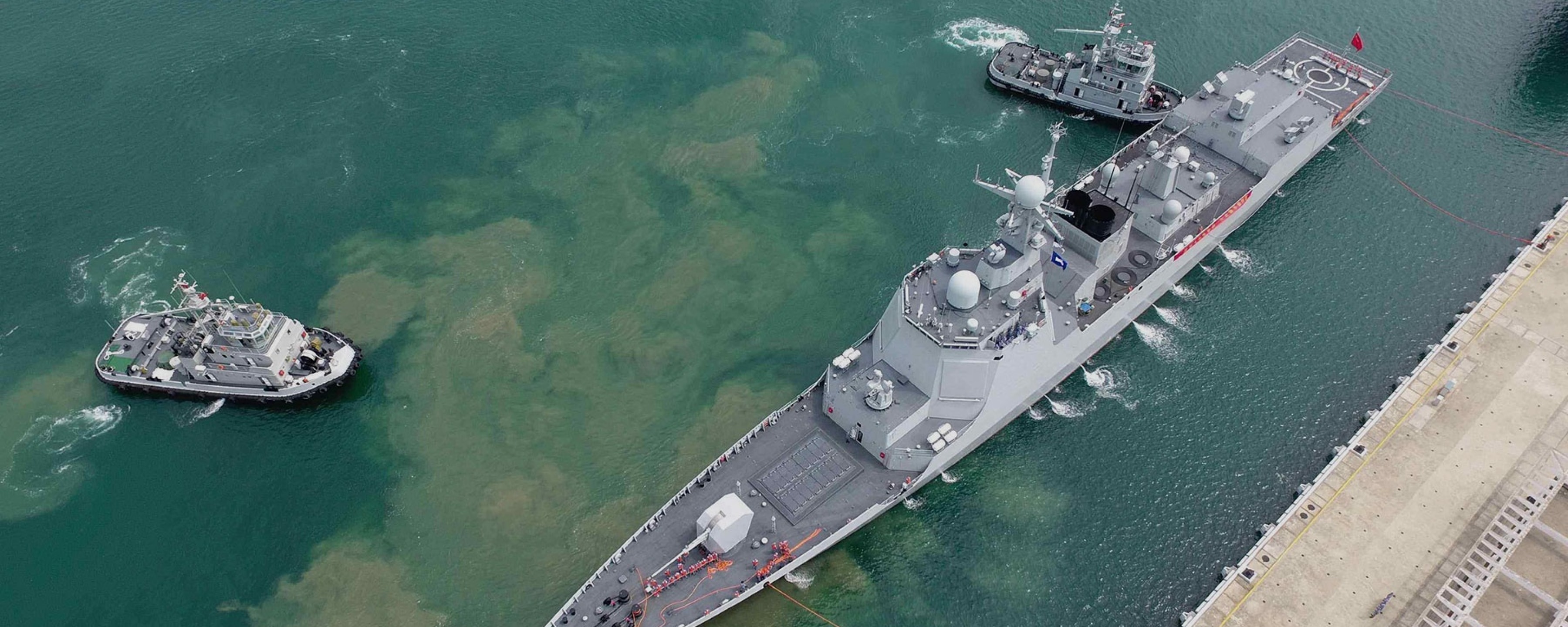
1.Introduction
Aramid fibers, chemically known as poly(p-phenylene terephthalamide) (PPTA), were first developed in the late 1960s and later industrialized. Today, the production of aramid fibers is mainly concentrated in the United States, Japan, and Europe. China began experimental research on aramid fibers in the 1980s and has gradually accumulated valuable industrial experience, eventually establishing domestic production lines.
Compared with other high-performance industrial fibers, aramid fibers reinforcements exhibit exceptional properties, including:
- High strength and high modulus,
- Outstanding heat resistance,
- Superior chemical resistance (acid and alkali resistance),
- Excellent electrical insulation,
- Lightweight characteristics, making them suitable for aerospace and defense applications.
Aramid fibers are widely used in building materials, electronics, protective gear (such as bulletproof vests), transportation, military applications, and aerospace engineering.
2.Types and Properties of Aramid Fibers
2.1 Classification of Aramid Fibers
Aramid fibers can be classified into the following categories based on their molecular structure:
- Para-aramid fibers (PPTA, Aramid 1414)
- Meta-aramid fibers (PMIA, Aramid 1313)
- Ortho-aramid fibers
- Heterocyclic aramid fibers (containing nitrogen, oxygen, or sulfur heteroatoms in their polymer chains)
Among these, the most widely used in industrial applications are:
- Para-aramid fibers (Kevlar-type, PPTA, Aramid 1414)
- Meta-aramid fibers (Nomex-type, PMIA, Aramid 1313)
2.2 Properties of Aramid Fibers
Aramid fibers outperform many conventional fibers such as nylon, polyester, and steel wires in various aspects:
|
Property |
Aramid |
Nylon |
Polyester |
Steel Wire |
|
Tensile Strength (cN/dtex) |
19 |
8.6 |
8.2 |
3.0–3.5 |
|
Elongation (%) |
4 |
17 |
14.5 |
2.0 |
|
Elastic Modulus (cN/dtex) |
440 |
46 |
97 |
180–250 |
|
Density (g/cm³) |
1.44 |
1.14 |
1.38 |
7.85 |
|
Breaking Stress (GPa) |
2.76 |
1.0 |
1.15 |
2.8 |
These high-performance properties make aramid fibers indispensable for industries requiring lightweight and durable materials.
3. Global and Domestic Development Trends
3.1 Global Production and Market Trends
2014: Global aramid fiber production reached 120,200 tons
Para-aramid: 76,800 tons
Meta-aramid: 43,400 tons
2020 (Estimated): Global demand expected to reach 220,000 tons
2016: The global market value of aramid fibers was $40.47 billion, with an annual growth rate of 2.24%.
2023 (Projected): Global market value may exceed $49 billion.
3.2 Leading Global Producers
DuPont (USA) – Leading manufacturer of Kevlar series (Kevlar-29, Kevlar-49, Kevlar-49AP)
Teijin (Japan) – Manufacturer of Twaron and Technora
Kolon (South Korea) – Expanding presence in high-performance fibers
3.3 Development in China
China started commercial aramid fiber production in 2004, with Yantai Spandex (now Taihe New Materials) achieving industrial-scale production of meta-aramid fibers.
2011: Taihe New Materials began producing para-aramid fibers, becoming China’s leading domestic producer.
2016: China’s aramid fiber production reached 13,000 tons, accounting for 11% of the global market.
Future Plans:
Taihe New Materials aims to increase para-aramid production to 12,000 tons by 2022.
China still faces technological challenges due to international restrictions on high-performance fiber production techniques.
4. Production Methods of Aramid Fibers
4.1 Low-Temperature Solution Polymerization
The most widely used industrial method.
Involves reacting p-phenylene diamine (PPD) with terephthaloyl chloride (TCl) in a low-temperature solvent system.
Used by DuPont (USA), Teijin (Japan), and Taihe New Materials (China).
4.2 Alternative Methods (Experimental)
Interfacial Polymerization
Direct Polycondensation
Vapor-Phase Polymerization
Transesterification
These alternative methods are still in the research phase and have not been industrialized due to technical limitations.
5. Surface Modification Techniques
Since aramid fibers have low surface reactivity and poor adhesion, various surface treatment methods are employed to improve their compatibility in composite materials.
5.1 Physical Modification Methods
- Ultrasonic Treatment – Enhances fiber roughness for better adhesion.
- Plasma Treatment – Alters surface properties, improving bonding.
- High-energy Radiation (Gamma/X-ray) – Increases fiber reactivity.
- UV Irradiation – Introduces oxygen-containing groups to improve adhesion.
- Surface Coating – Polymer coatings enhance compatibility with composite matrices.
5.2 Chemical Modification Methods
- Surface Etching (e.g., phosphoric acid treatment) – Improves fiber-matrix adhesion.
- Surface Grafting – Adds functional groups for enhanced bonding.
- Supercritical CO₂ Modification – Alters surface chemistry using CO₂ as a reaction medium.
- Complexation Treatment (e.g., CaCl₂, LiCl) – Modifies hydrogen bonding for better performance.
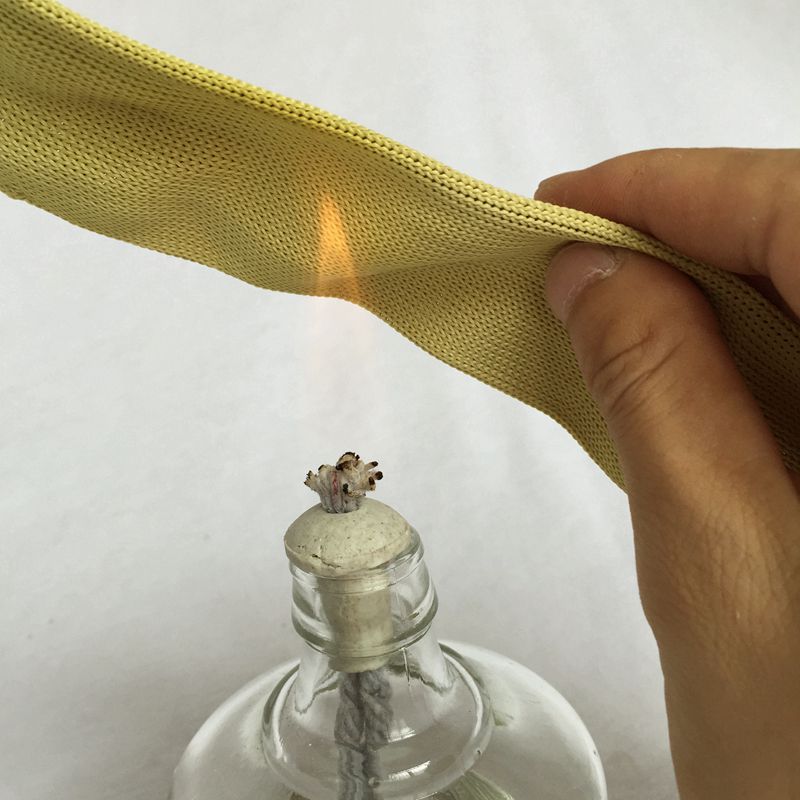
6. Key Application Areas
Electronics & Electrical Insulation – Used in printed circuit boards (PCBs), motors, and transformers.
Automotive Industry – Applied in tires, brake pads, and reinforced belts.
Aerospace – Used in aircraft wings and lightweight structural components.
Defense & Security – Essential for bulletproof vests, helmets, and protective gloves.
Construction – Strengthens reinforced concrete and composite structures.
7. Conclusion & Future Prospects
China’s aramid fiber industry is still in the growth phase, requiring advancements in production techniques, polymerization control, and surface modification methods. With continued investment and research, China is expected to become a major player in the global aramid fiber market in the coming years.
Read More: Medical Fiberglass Cast vs. Plaster Cast: Which is Better for Fracture Treatment?
Popular Composite Materials
Popular Composite Materials
Composites Knowledge Hub
Composites Knowledge Hub

